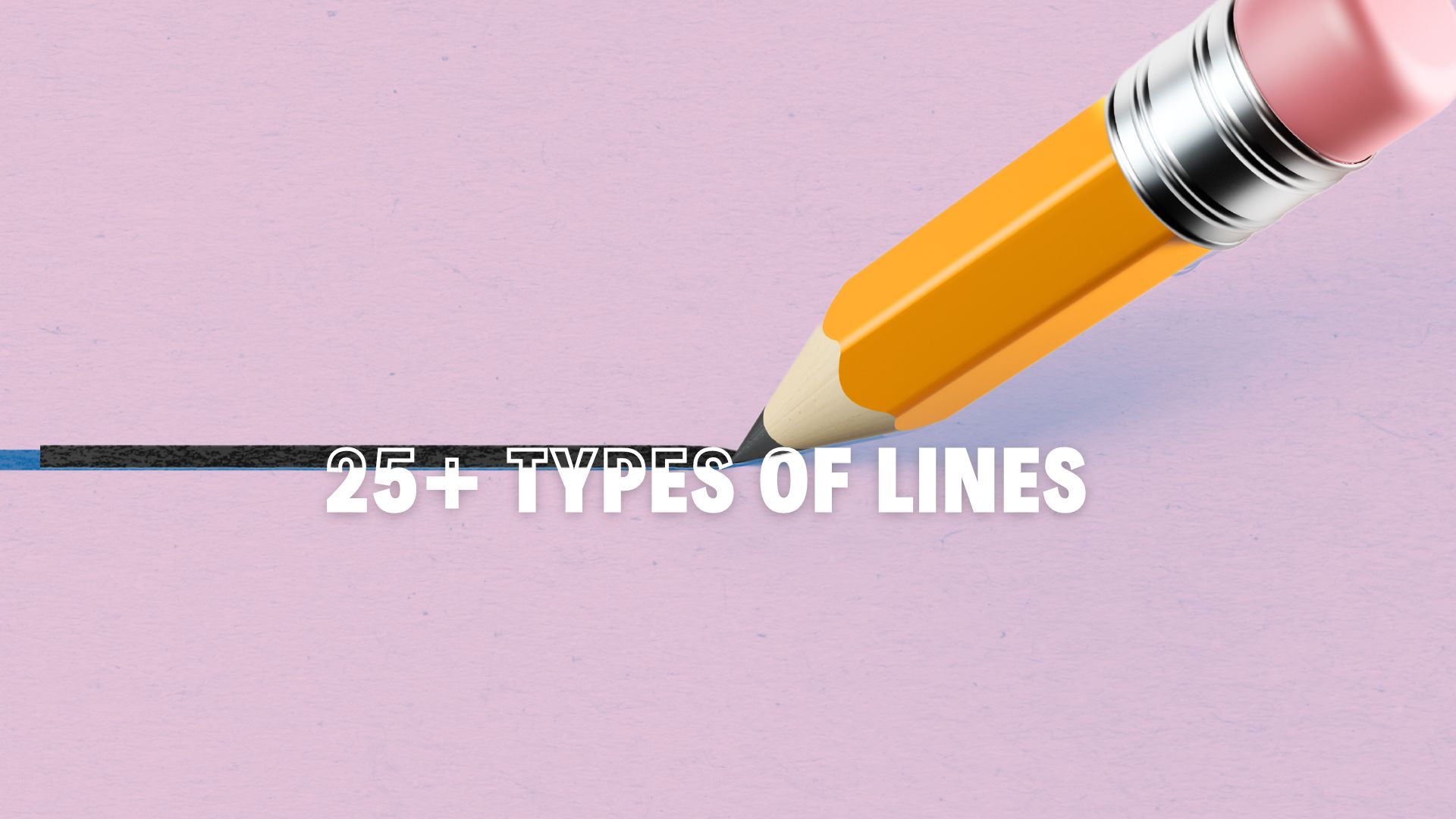
Lines are fundamental elements in art, design, and geometry.
They come in various forms, each with its characteristics and uses.
Understanding the different types of lines, from straight and curved lines to more complex types like tangent and asymptote lines, can enhance one’s appreciation and application of them in various fields.
This guide explores different kinds of lines, providing descriptions and key characteristics to help you understand their unique features and purposes.
1. Straight Line
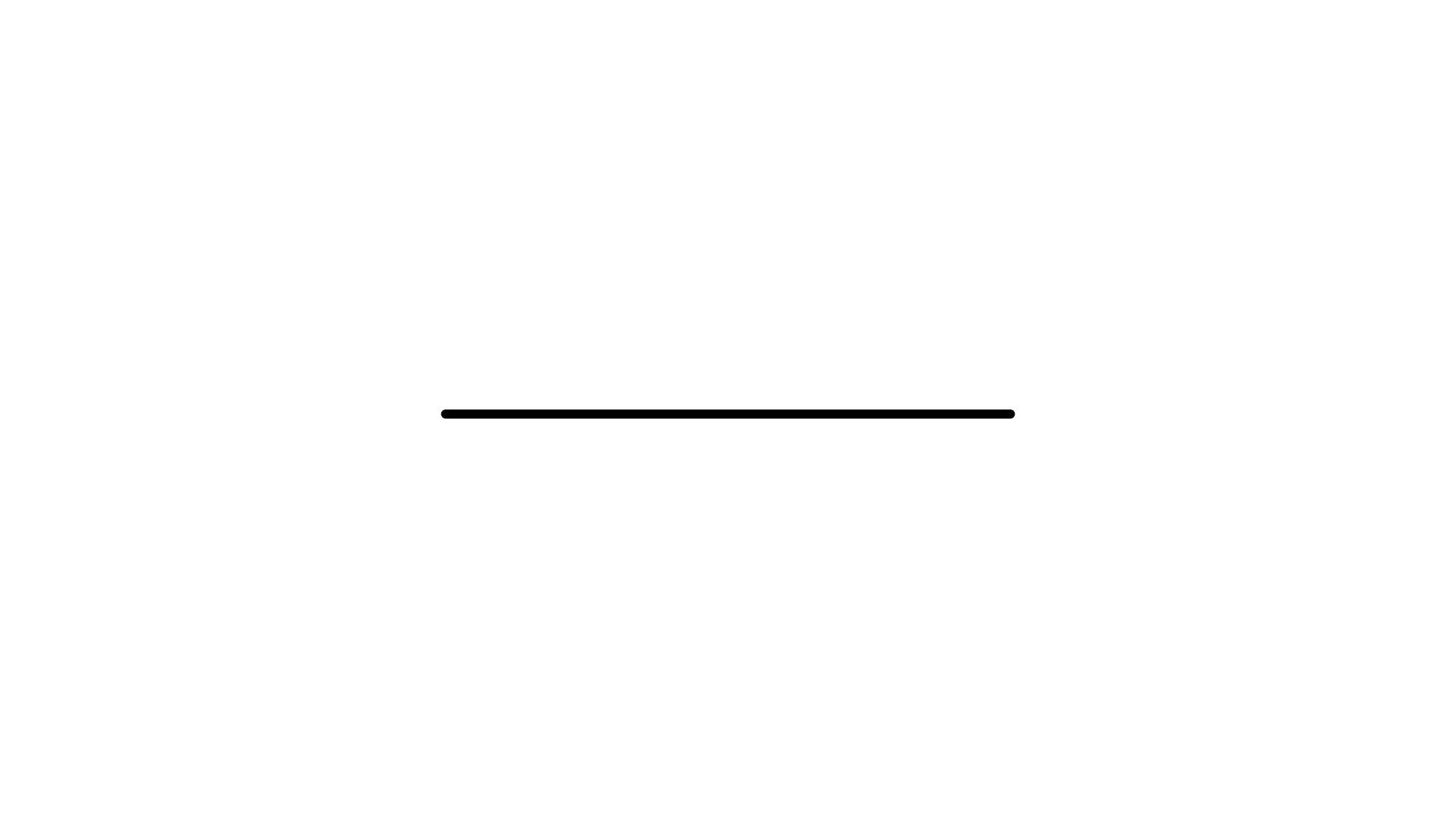
A straight line is the shortest distance between two points. It extends infinitely in both directions without curving.
Straight lines are fundamental in geometry and are often used to represent distance and direction.
- Characteristics: Shortest distance, no curvature
- Uses: Geometry, distance measurement
2. Curved Line
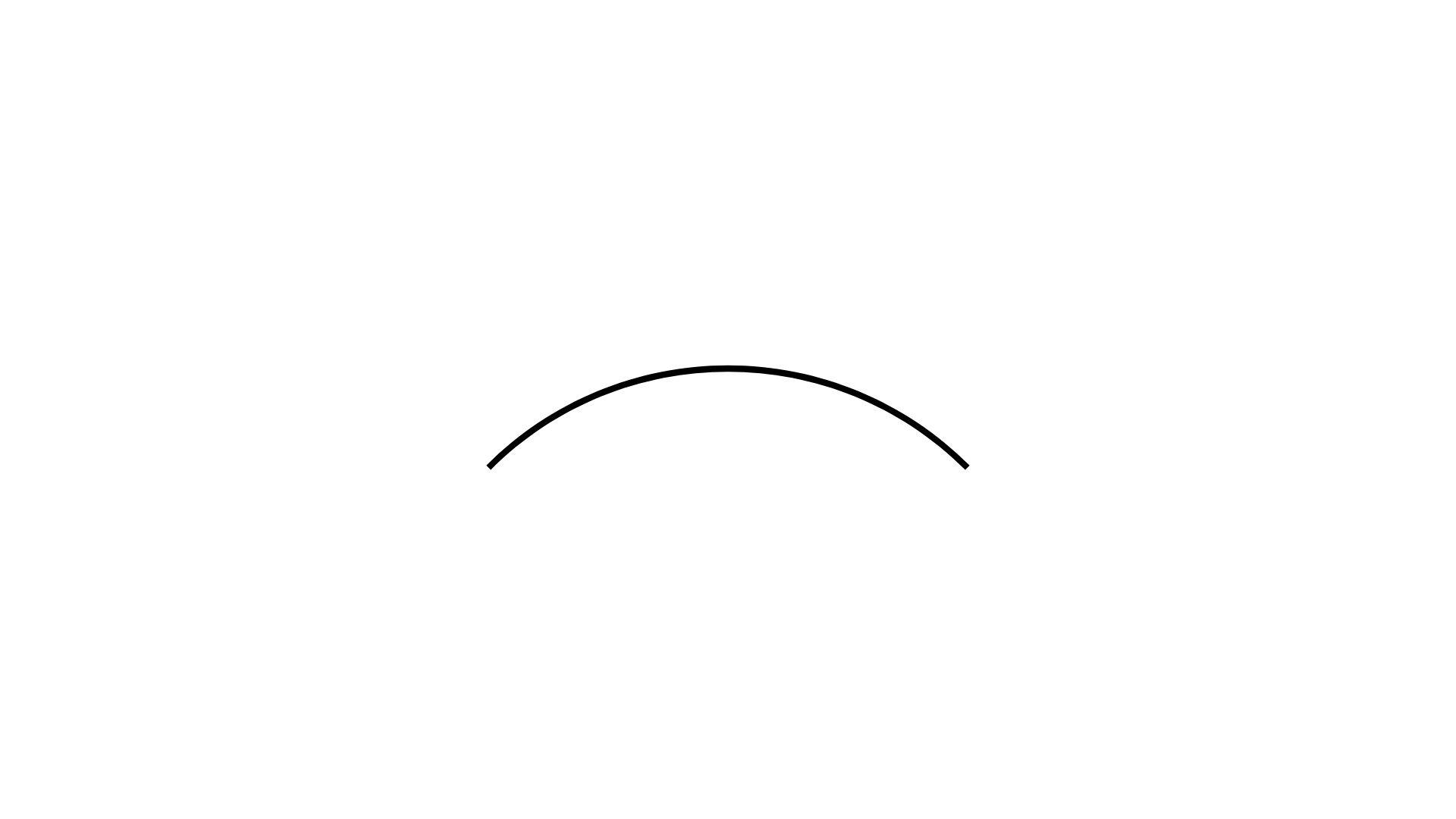
A curved line continuously changes direction, creating a smooth, flowing shape.
Curved lines can be circular, elliptical, or follow other shapes. They are commonly used in art, design, and nature.
- Characteristics: Smooth, continuous change in direction
- Uses: Art, design, natural shapes
3. Diagonal Line
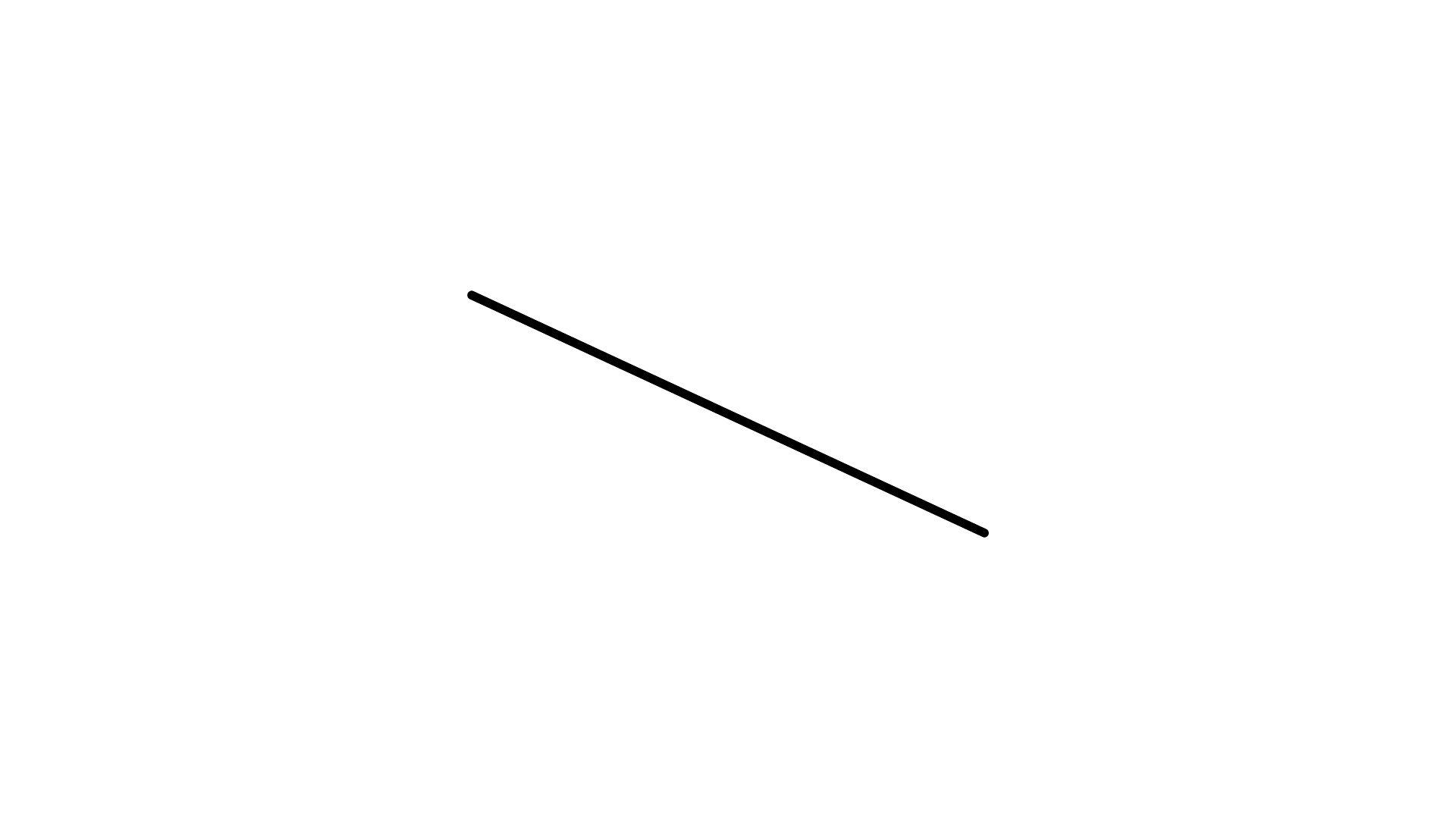
A diagonal line is a straight line that connects two non-adjacent corners of a shape or passes through a figure at an angle.
Diagonal lines add dynamism and movement to designs and structures.
- Characteristics: Connects non-adjacent corners, angled
- Uses: Design, architecture, visual interest
4. Vertical Line
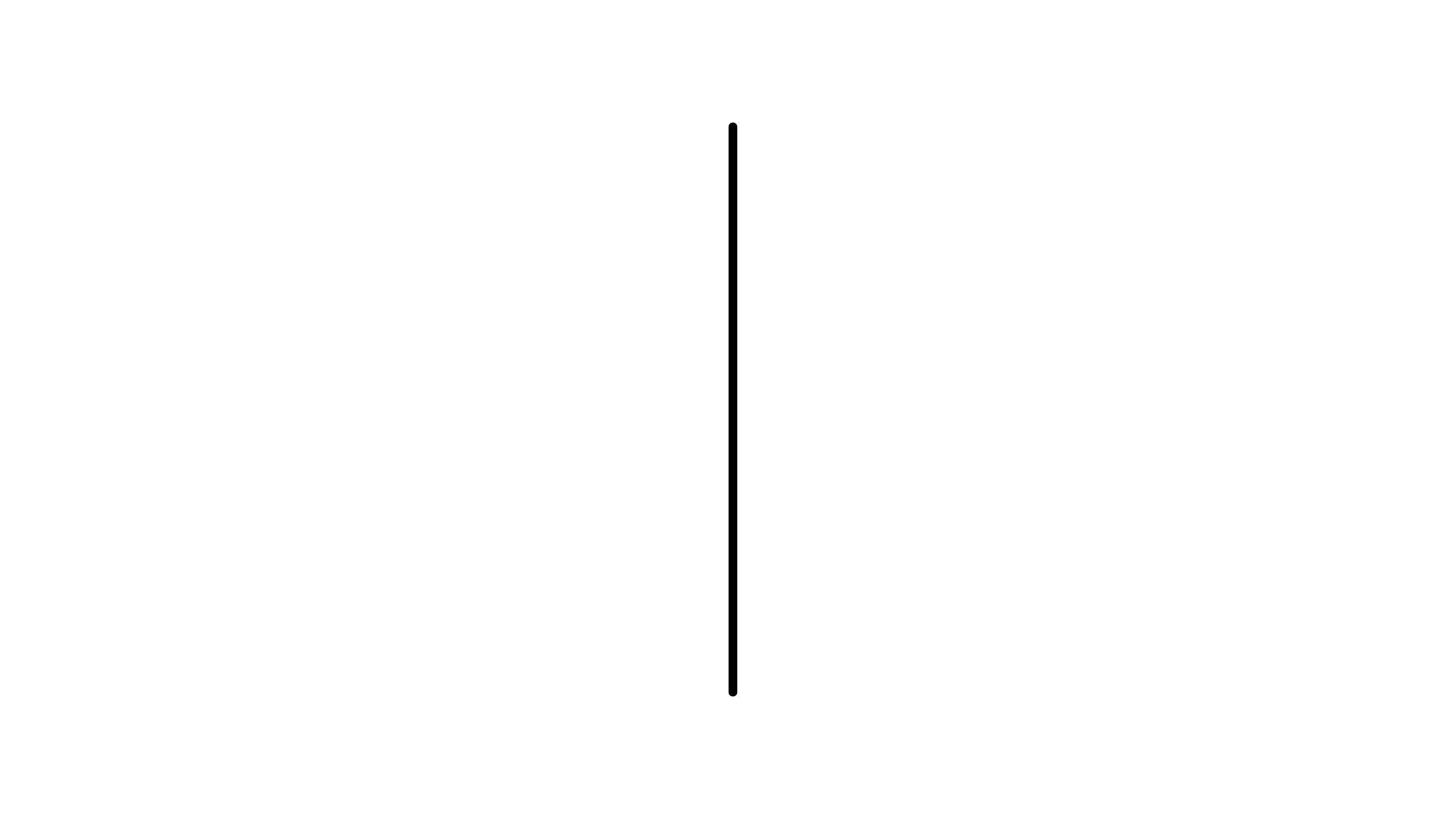
A vertical line runs up and down, perpendicular to the horizon. Vertical lines can represent height, stability, and strength.
They are often used in architecture and design to create a sense of elevation.
- Characteristics: Perpendicular to the horizon, up and down
- Uses: Architecture, design, stability
5. Horizontal Line
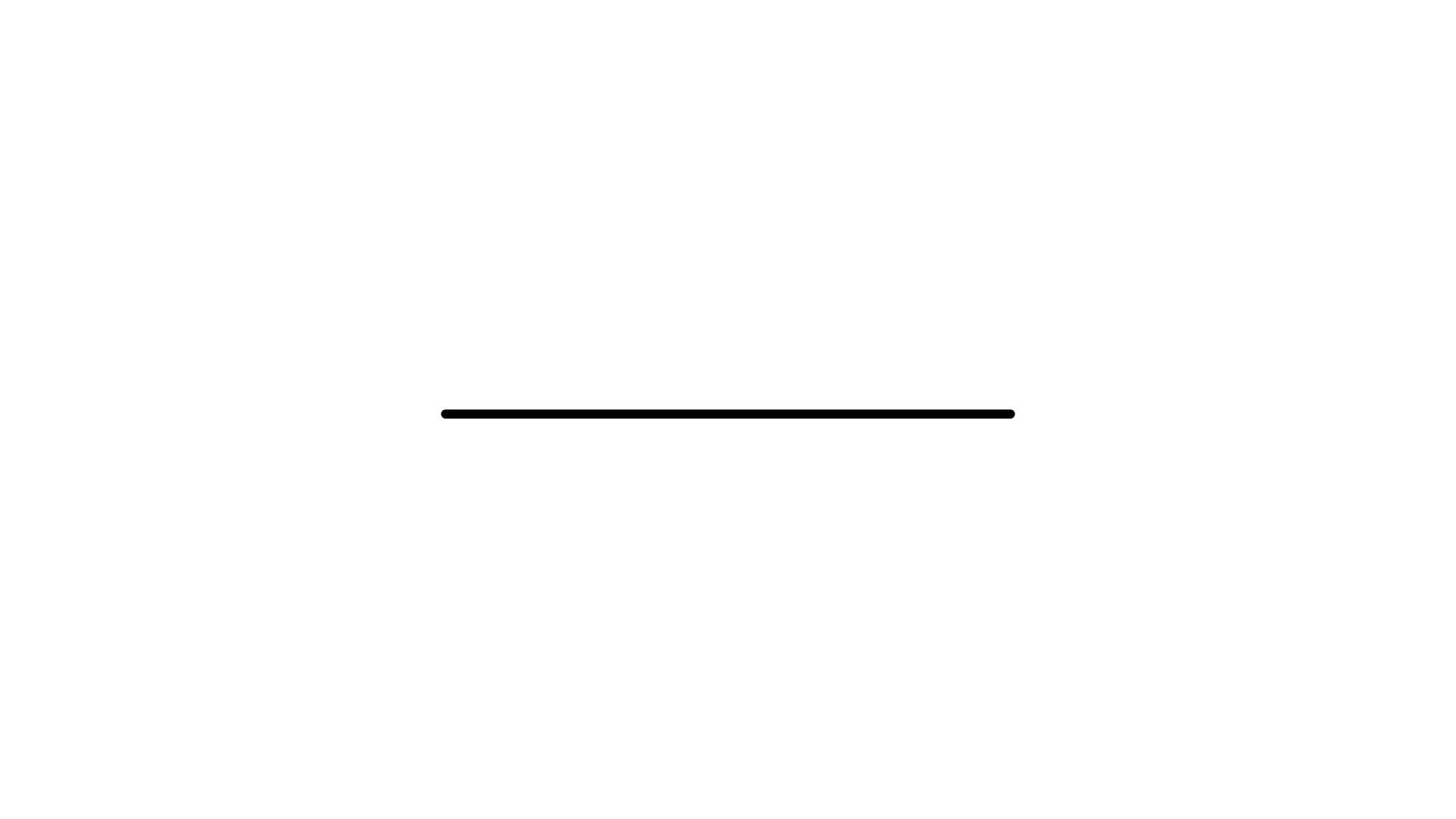
A horizontal line runs left to right, parallel to the horizon.
Horizontal lines convey a sense of calm, stability, and grounding.
They are frequently used in landscapes and architectural designs.
- Characteristics: Parallel to the horizon, left to right
- Uses: Landscapes, architecture, calmness
6. Parallel Lines
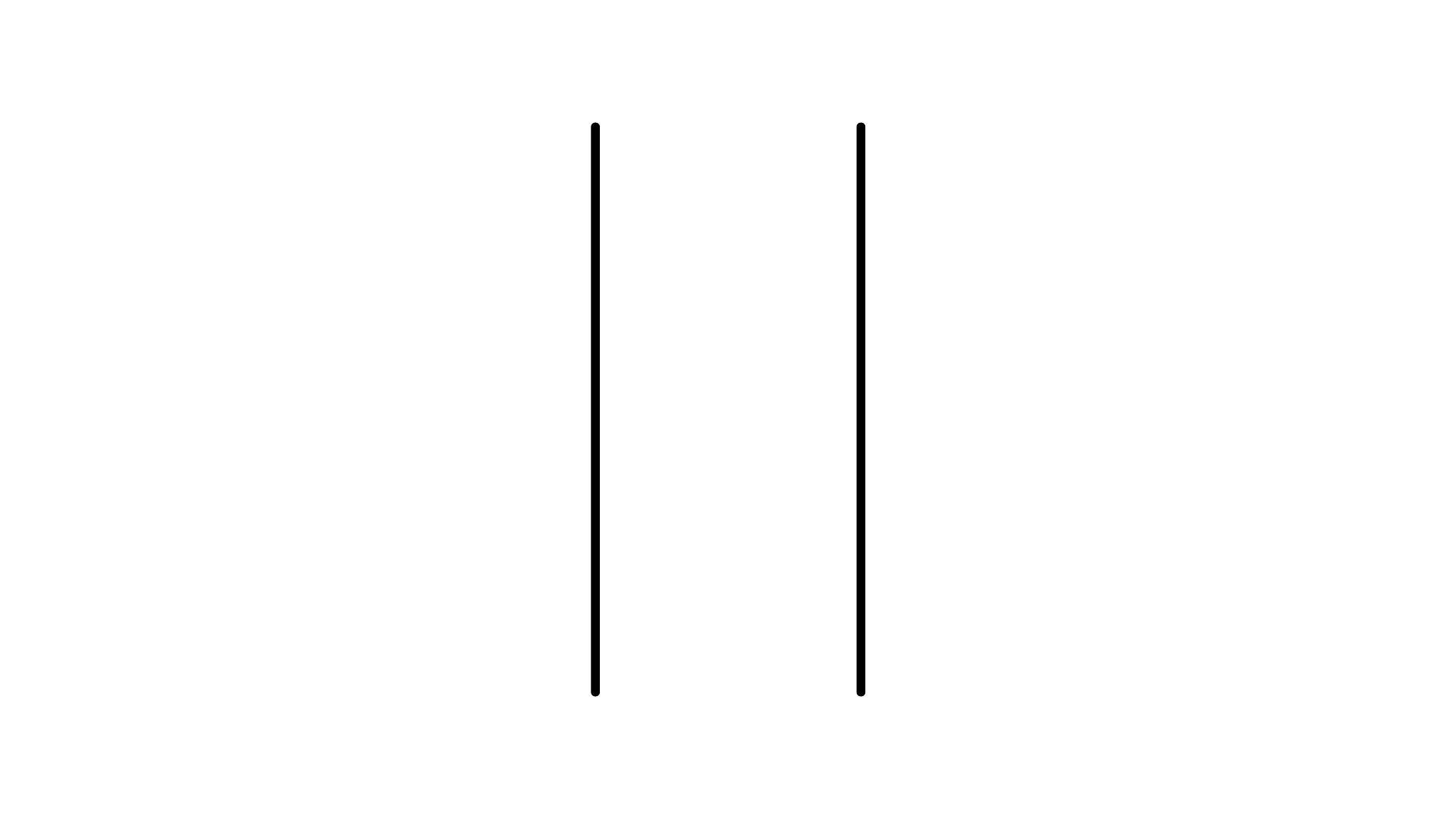
Parallel lines are two or more lines that run side by side and never intersect.
They are always the same distance apart.
Parallel lines are common in geometry and design, providing symmetry and balance.
- Characteristics: Never intersect, constant distance apart
- Uses: Geometry, design, symmetry
7. Perpendicular Lines
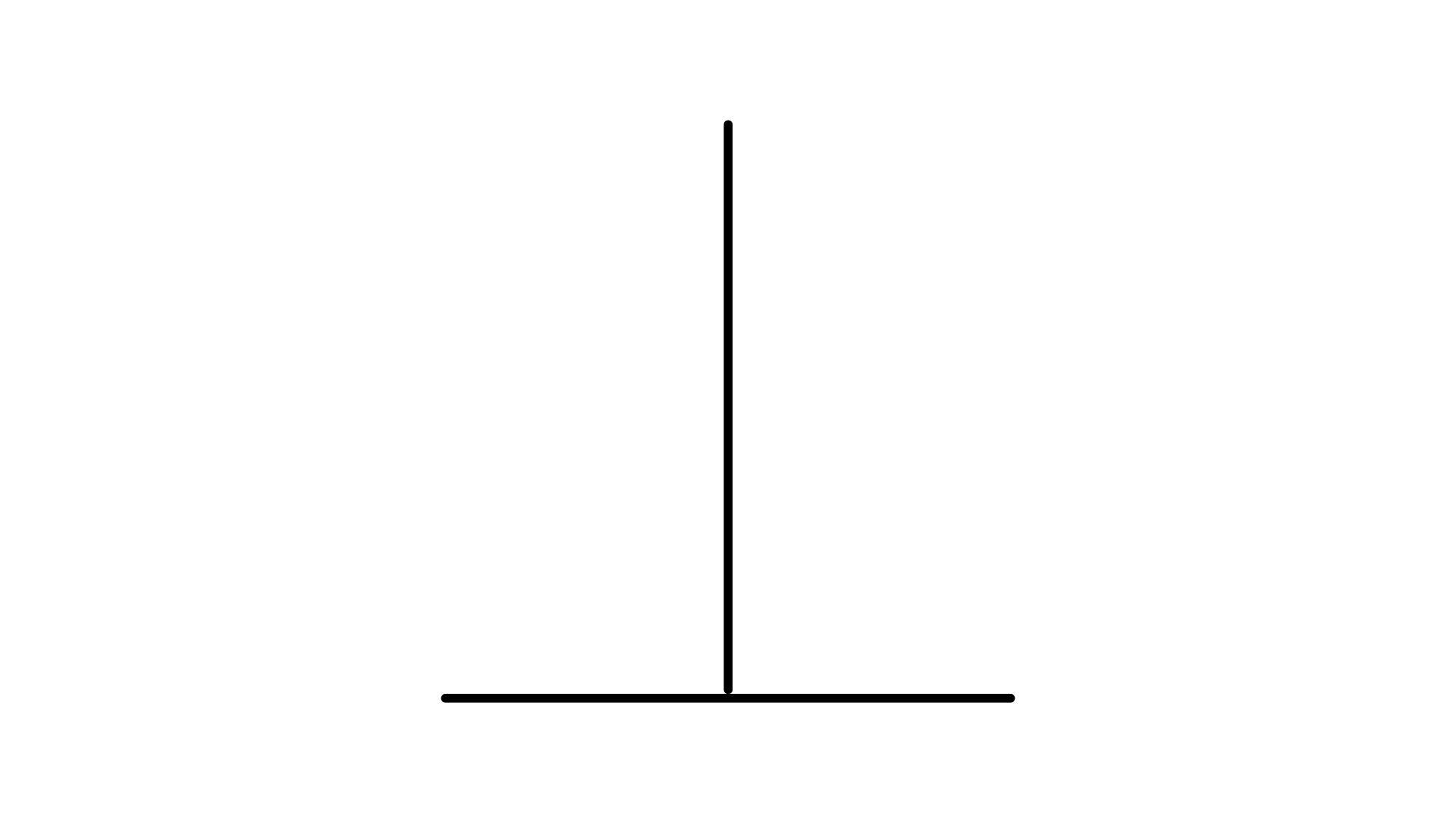
Perpendicular lines intersect at a right angle (90 degrees).
They are used to create squares, rectangles, and other geometric shapes.
Perpendicular lines are essential in construction and design to create the right angles.
- Characteristics: Intersect at 90 degrees
- Uses: Geometry, construction, design
8. Intersecting Lines
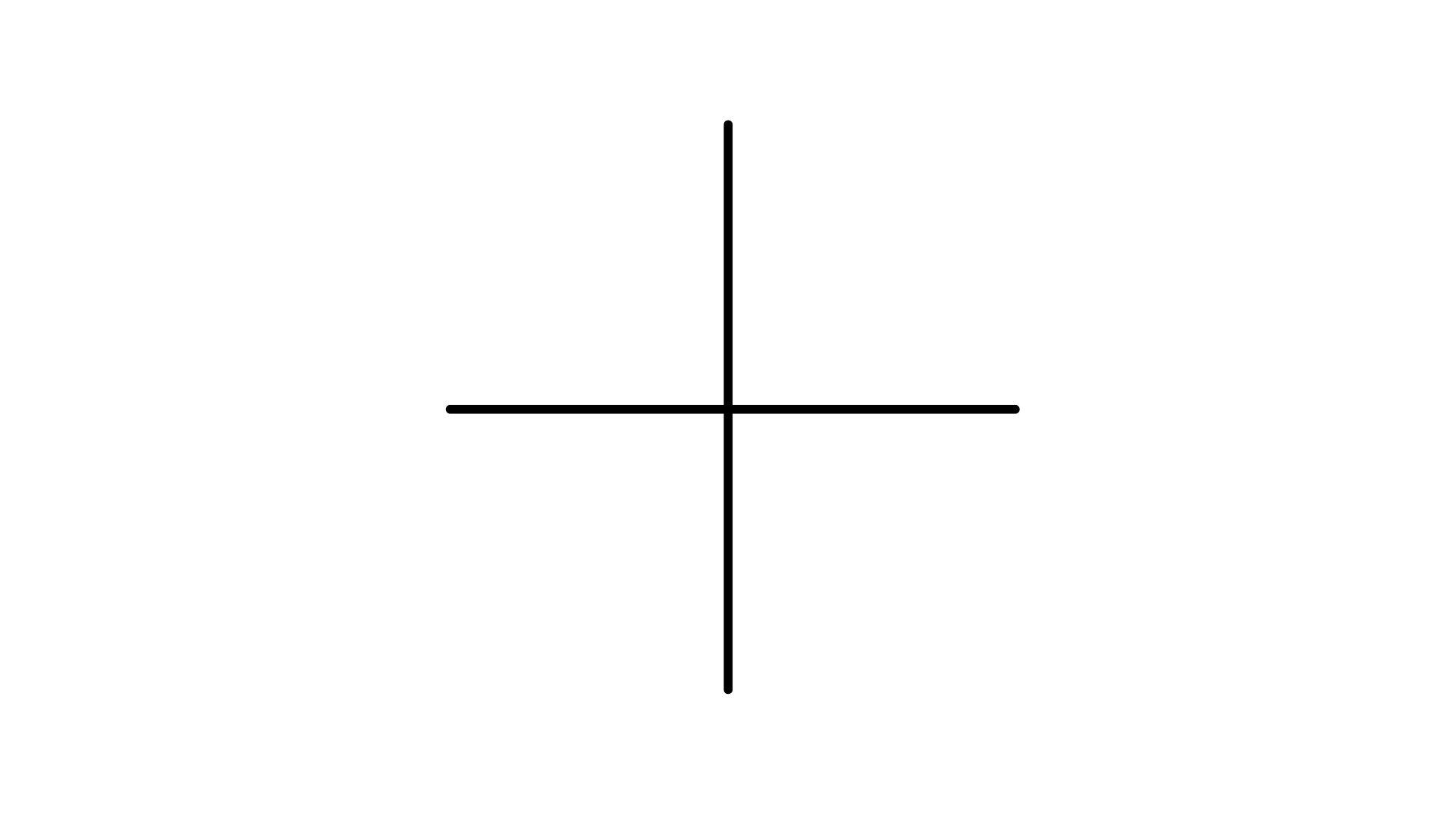
Intersecting lines are two or more lines crossing at any angle.
The point where they cross is called the point of intersection.
These lines are used in various fields to find coordinates and solve geometric problems.
- Characteristics: Cross at any angle
- Uses: Geometry, coordinate finding, problem-solving
9. Zigzag Line
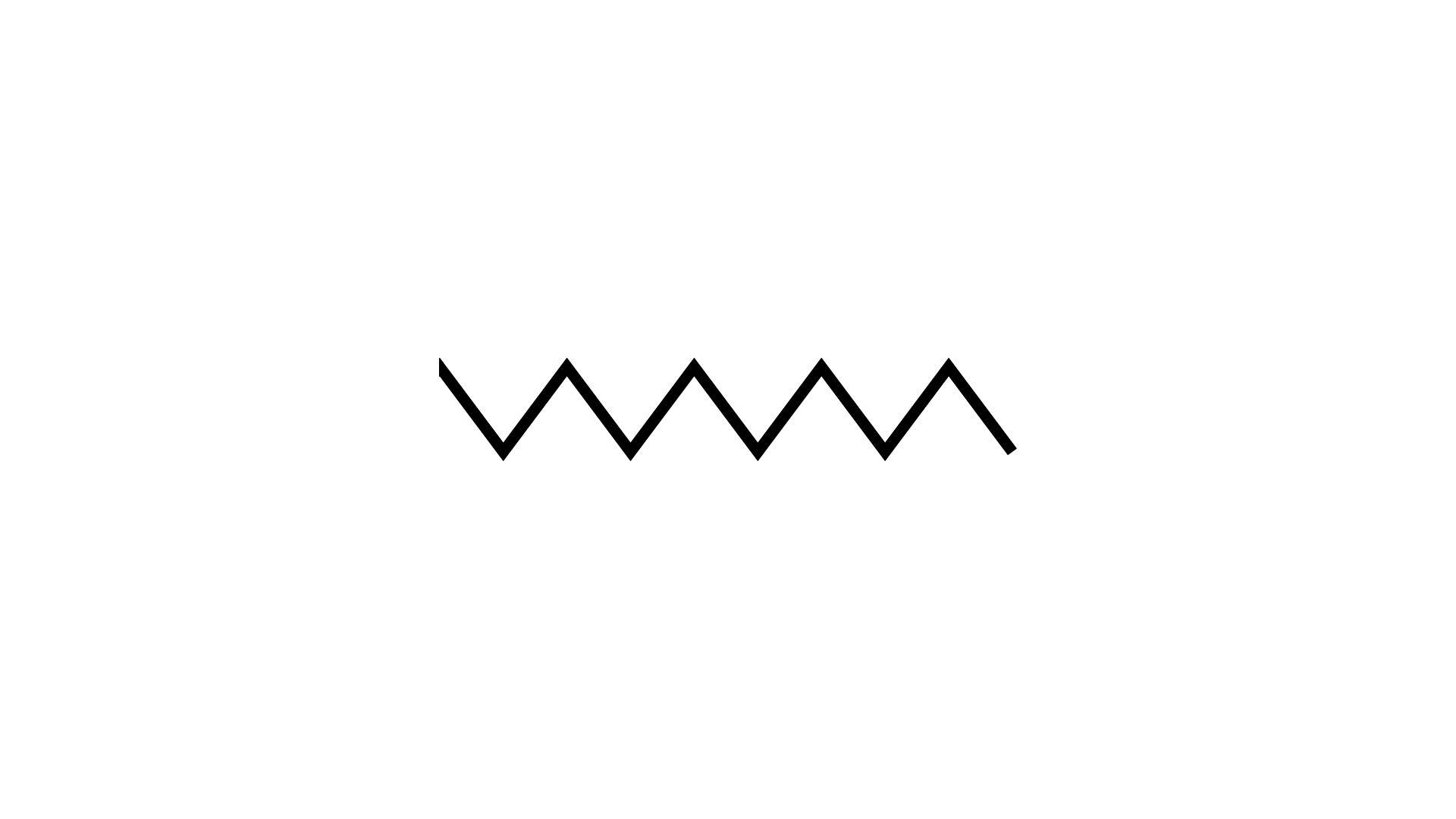
A zigzag line consists of sharp turns back and forth in a regular pattern.
It creates a sense of movement and energy and is often used in art, design, and patterns.
- Characteristics: Sharp turns, regular pattern
- Uses: Art, design, patterns
10. Dotted Line
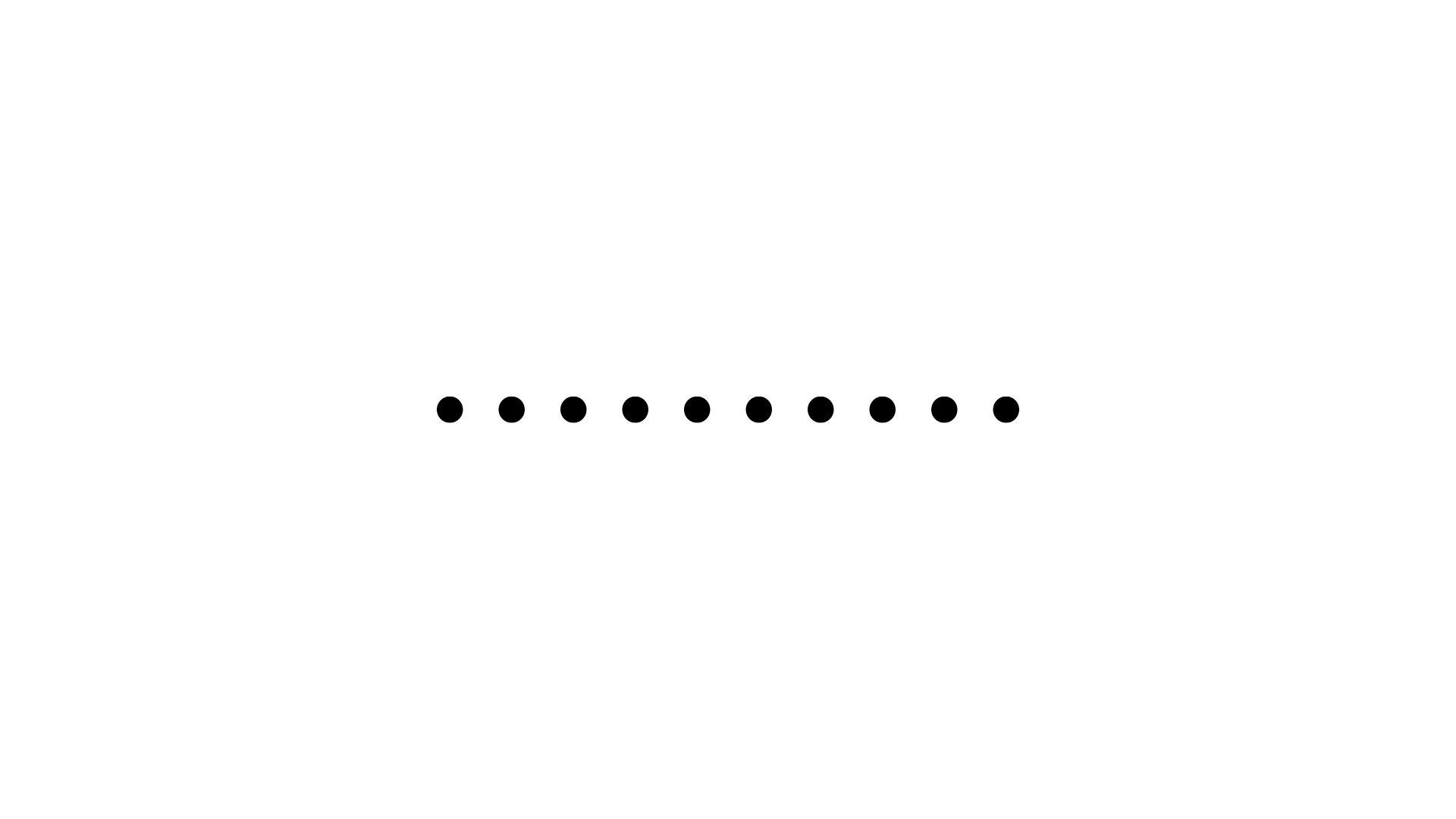
A dotted line is composed of a series of dots or small marks.
It is often used to indicate a path or boundary that is not solid and is common in maps, diagrams, and graphic design.
- Characteristics: Series of dots, broken path
- Uses: Maps, diagrams, design
11. Dashed Line
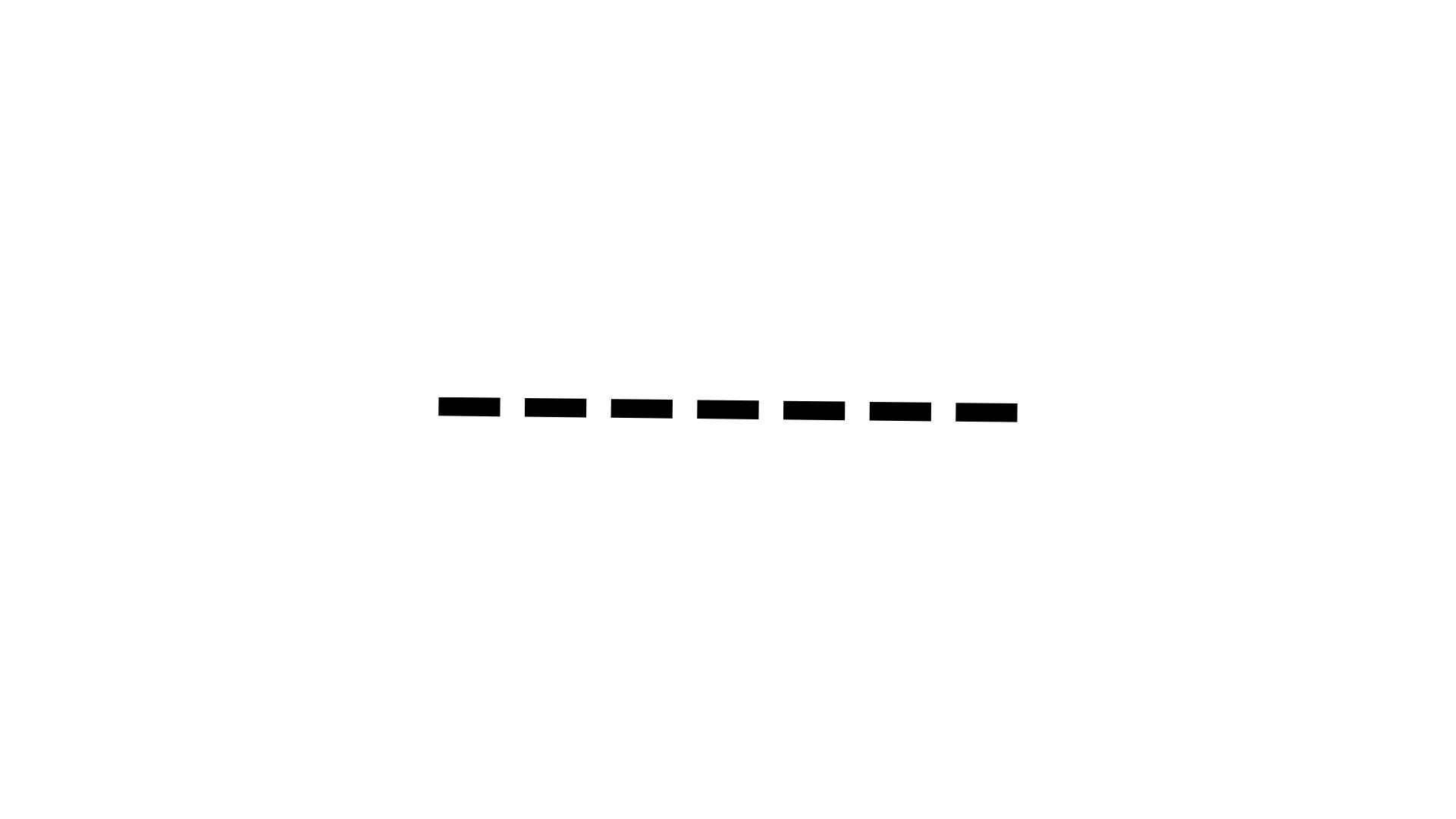
A dashed line comprises a series of short segments or dashes.
Dashed lines can indicate hidden edges in drawings or temporary boundaries in diagrams.
They are widely used in engineering, design, and illustrations.
- Characteristics: Series of short segments
- Uses: Engineering, diagrams, illustrations
12. Wavy Line
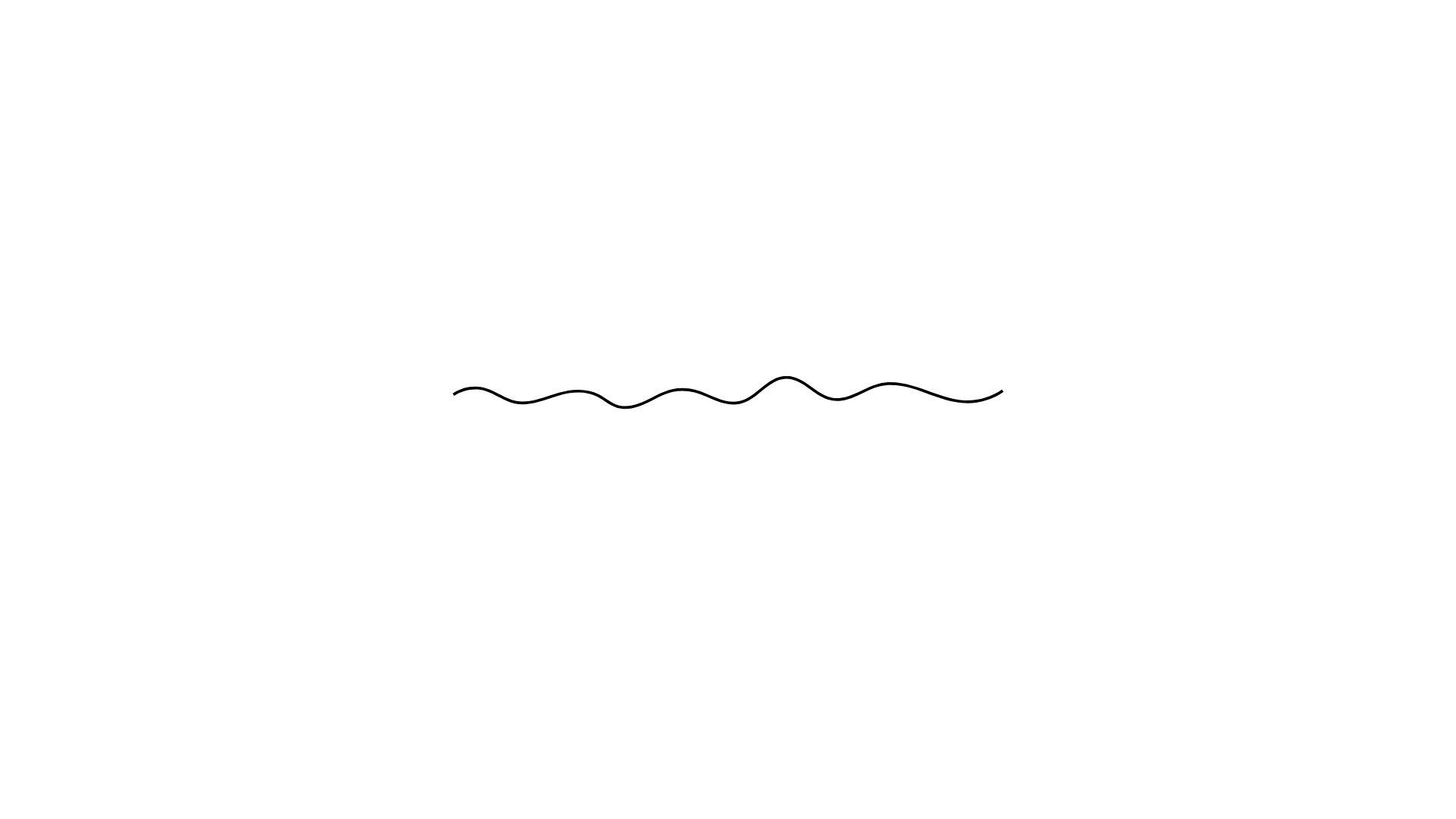
A wavy line undulates smoothly up and down or side to side.
Wavy lines convey a sense of fluidity, movement, and softness.
They are often used in art and design to represent water or other natural elements.
- Characteristics: Smooth undulations
- Uses: Art, design, nature representation
13. Spiral Line
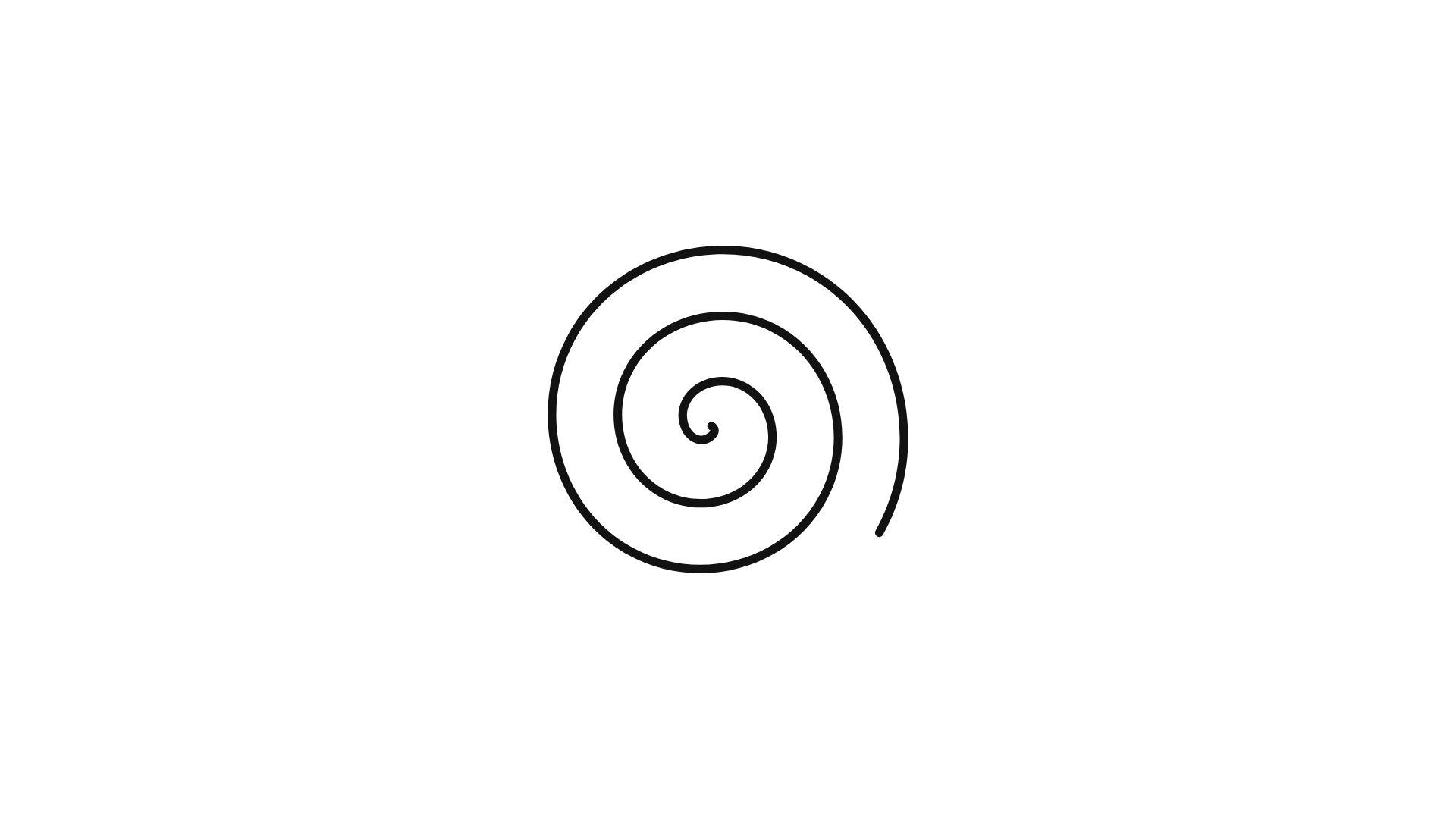
A spiral line winds around a central point, getting progressively farther or closer to the end.
Spirals are found in nature and are used in design and architecture for their dynamic and appealing forms.
- Characteristics: Winds around a central point
- Uses: Nature, design, architecture
14. Radial Line
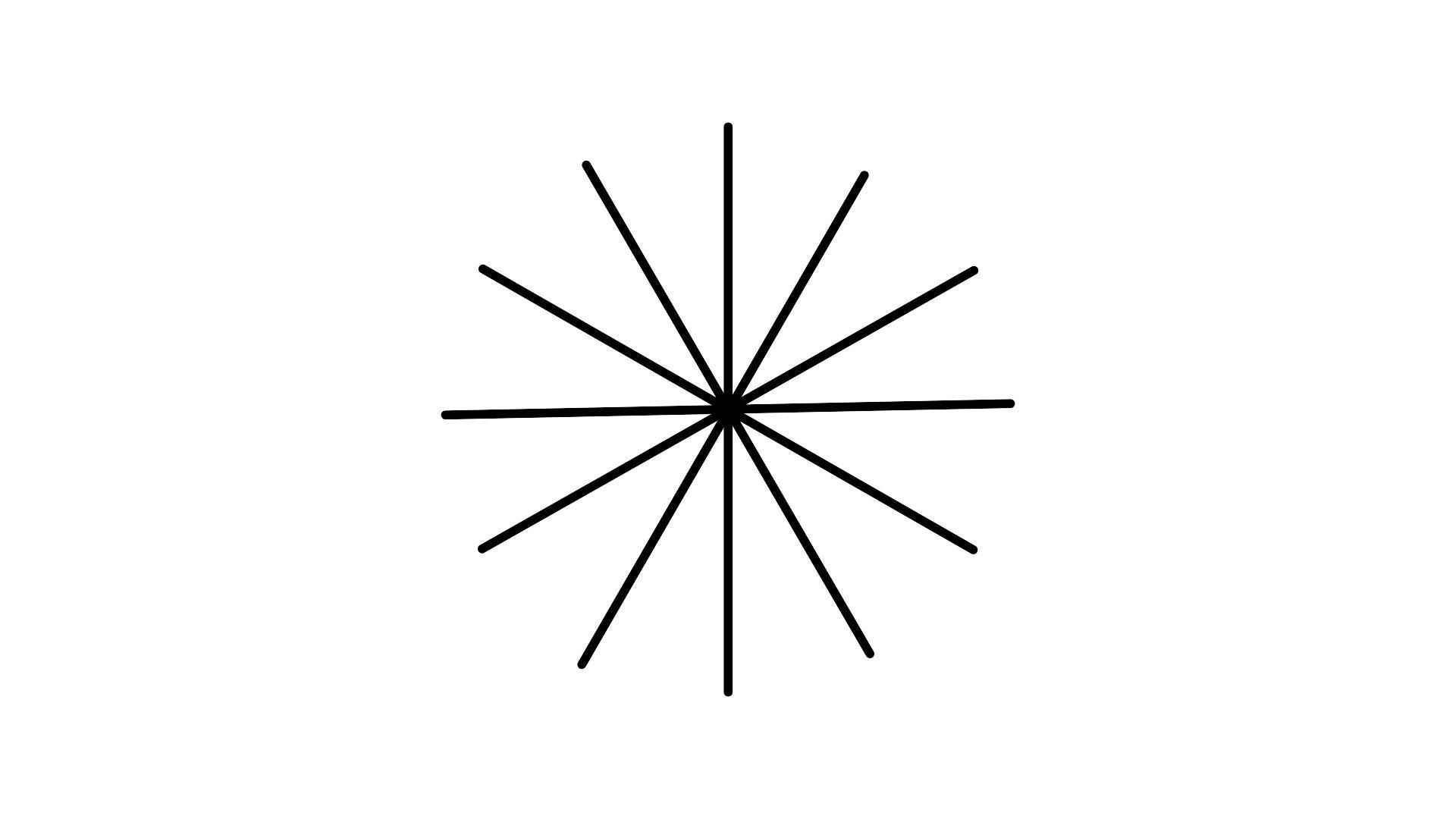
Radial lines extend outward from a central point like the spokes of a wheel.
They create a sense of focus and symmetry and are used in designs, diagrams, and patterns to draw attention to a central element.
- Characteristics: Extend from a central point
- Uses: Design, diagrams, focus
15. Convergent Lines
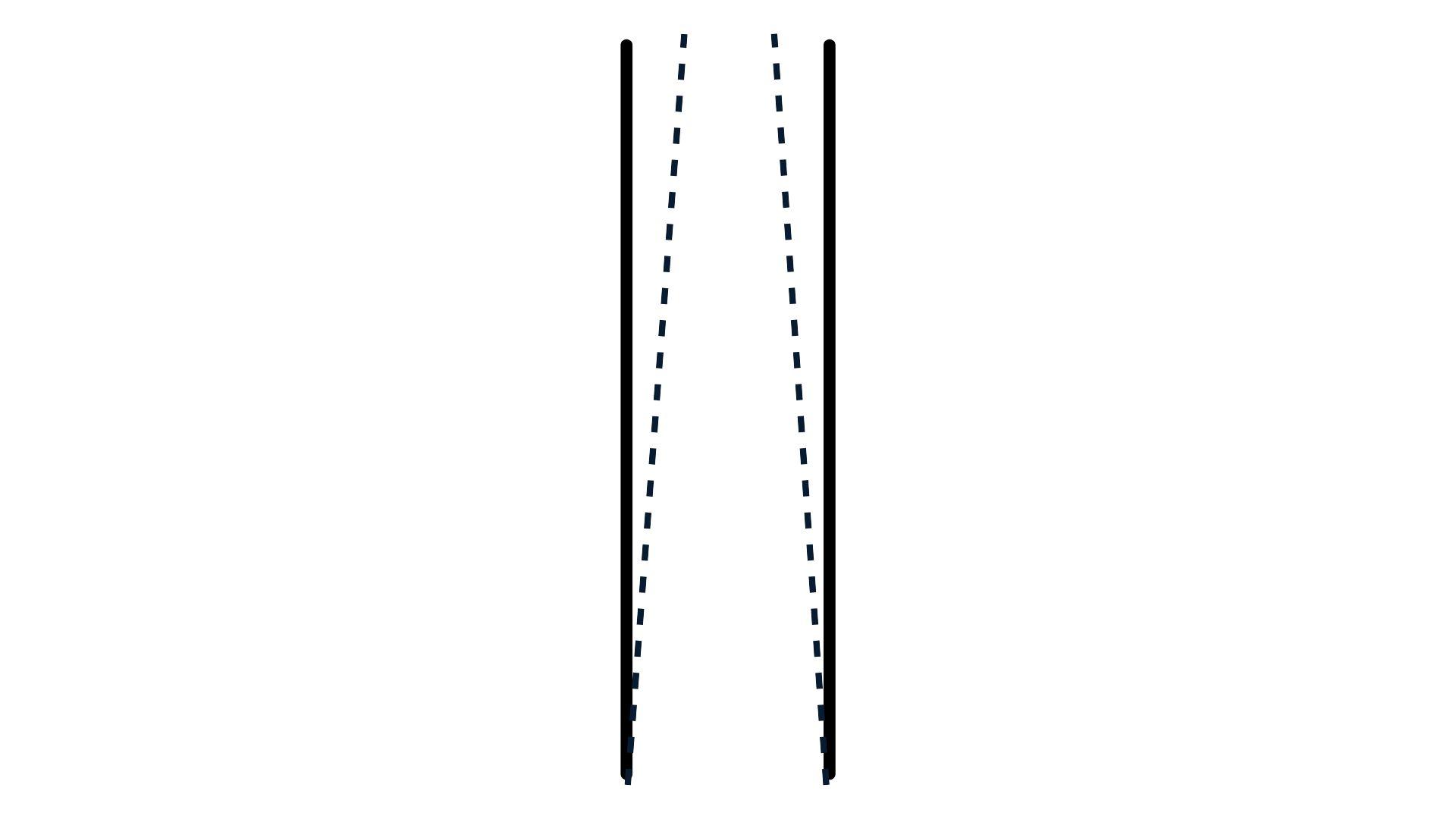
Convergent lines come together simultaneously, creating the illusion of depth and perspective.
These lines are essential in perspective drawing and art to create a three-dimensional effect.
- Characteristics: Come together at a point
- Uses: Perspective drawing, art, depth
16. Divergent Lines
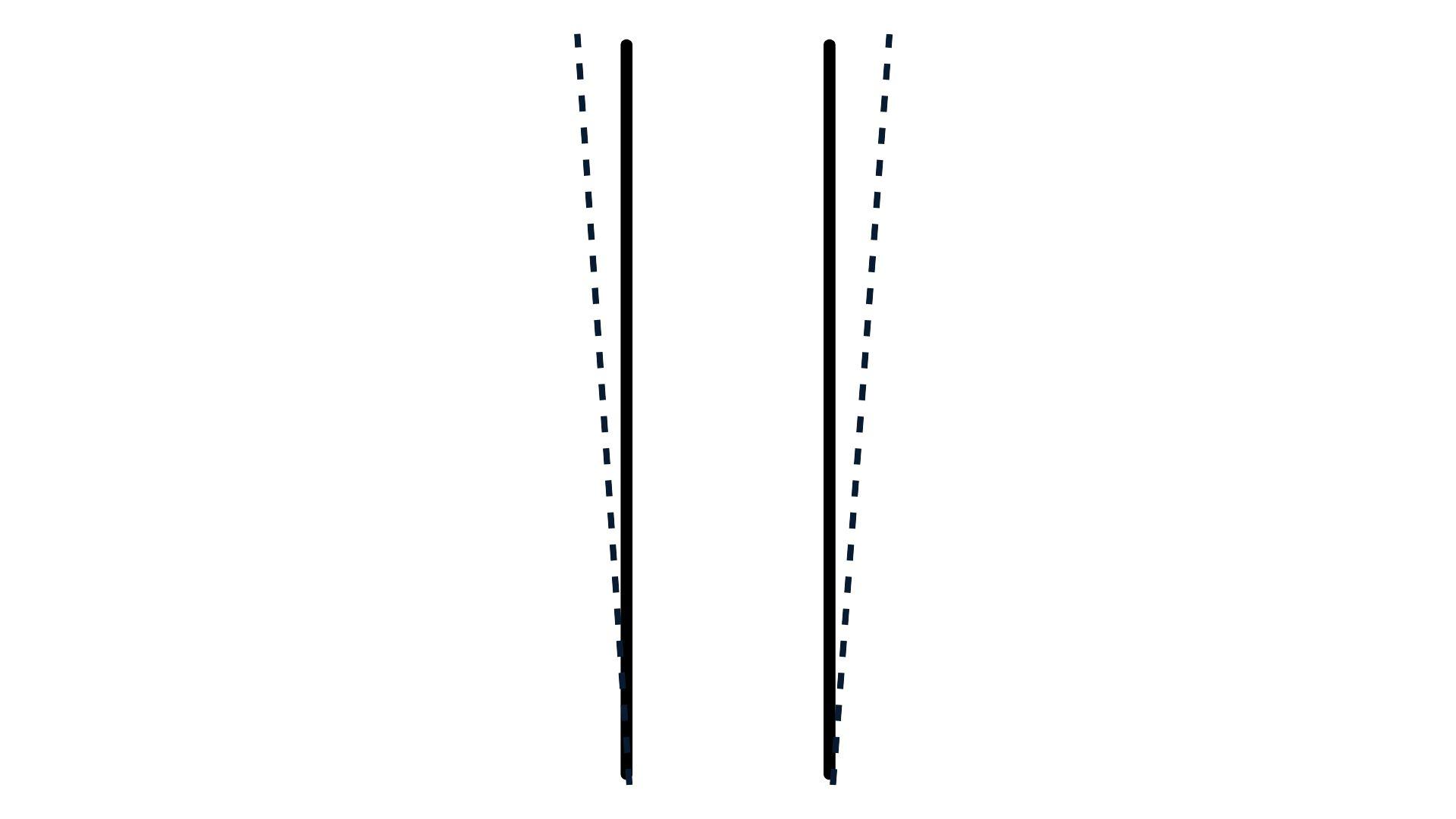
Divergent lines move away from a common point, spreading outwards.
They are used in design and art to create a sense of expansion and openness.
- Characteristics: Move away from a point
- Uses: Design, art, expansion
17. Contour Line
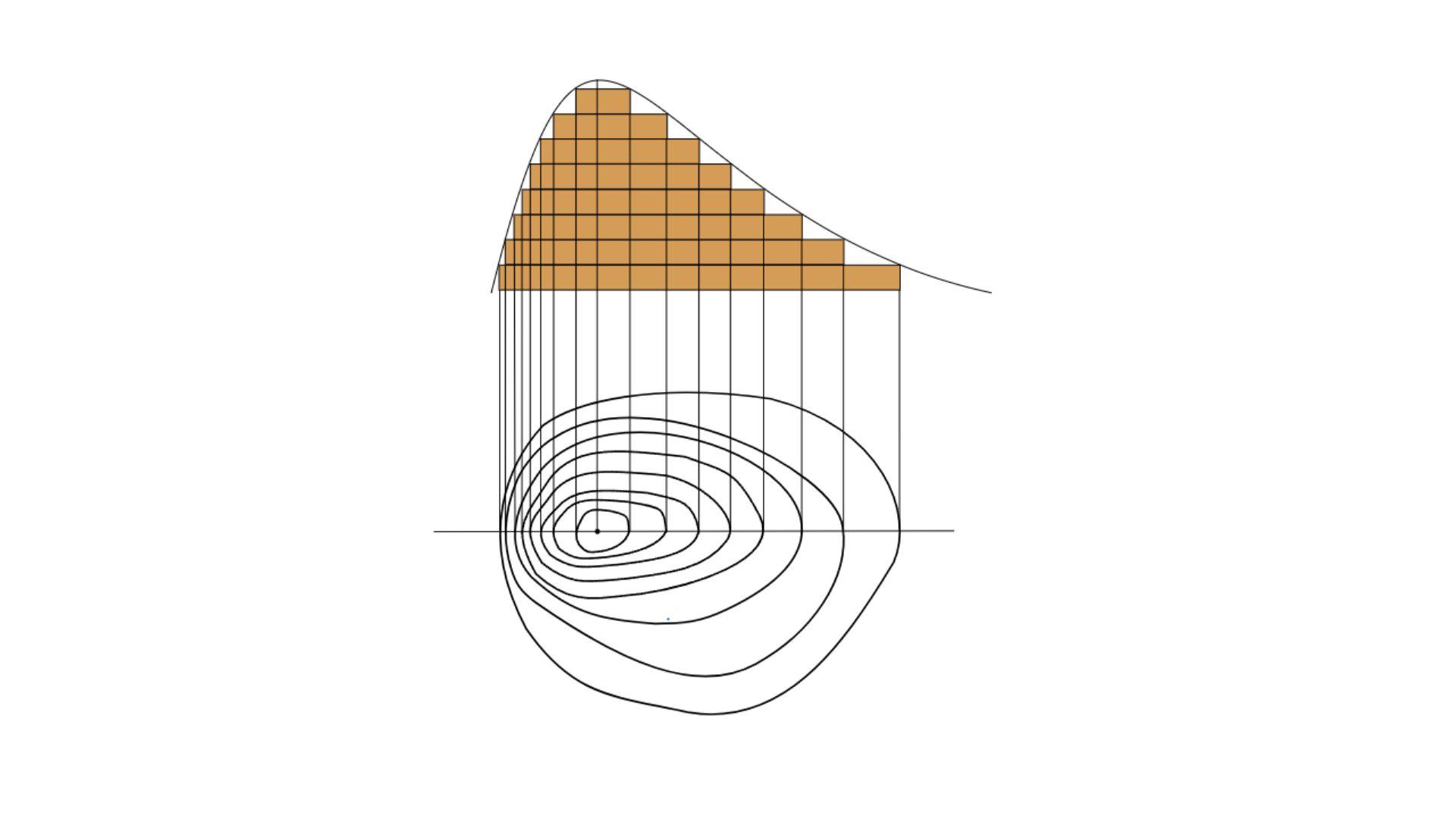
Contour lines are used to define the edges of an object or surface.
They outline shapes and forms, giving a clear boundary.
Contour lines are commonly used in drawing, mapmaking, and topography.
- Characteristics: Define edges, outline shapes
- Uses: Drawing, mapmaking, topography
18. Hatching Line
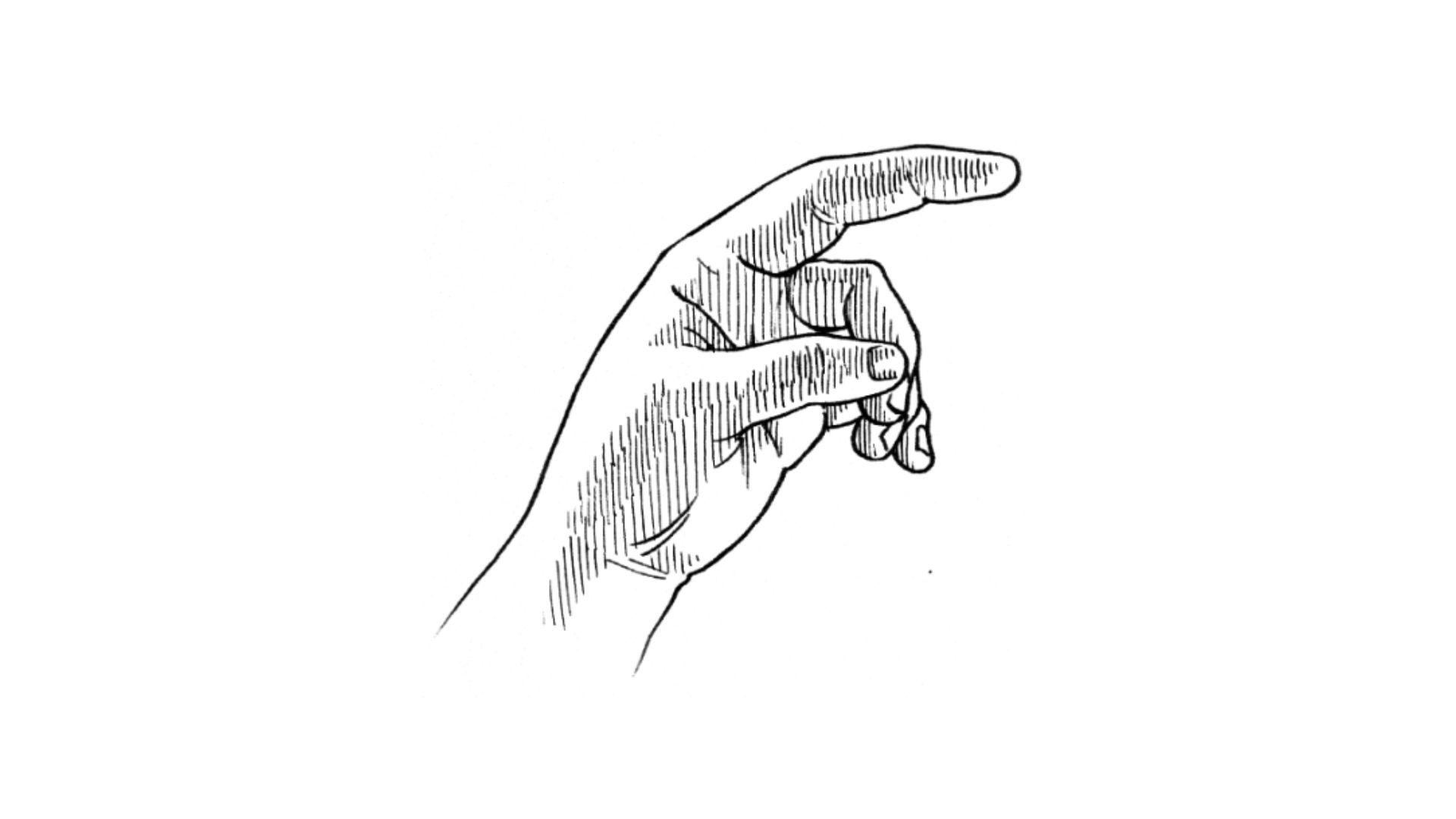
Hatching lines are closely spaced parallel lines used to create shading and texture in drawings.
By varying the density and angle of the lines, artists can simulate different textures and tones.
- Characteristics: Closely spaced parallel lines
- Uses: Drawing, shading, texture
19. Cross-Hatching Line
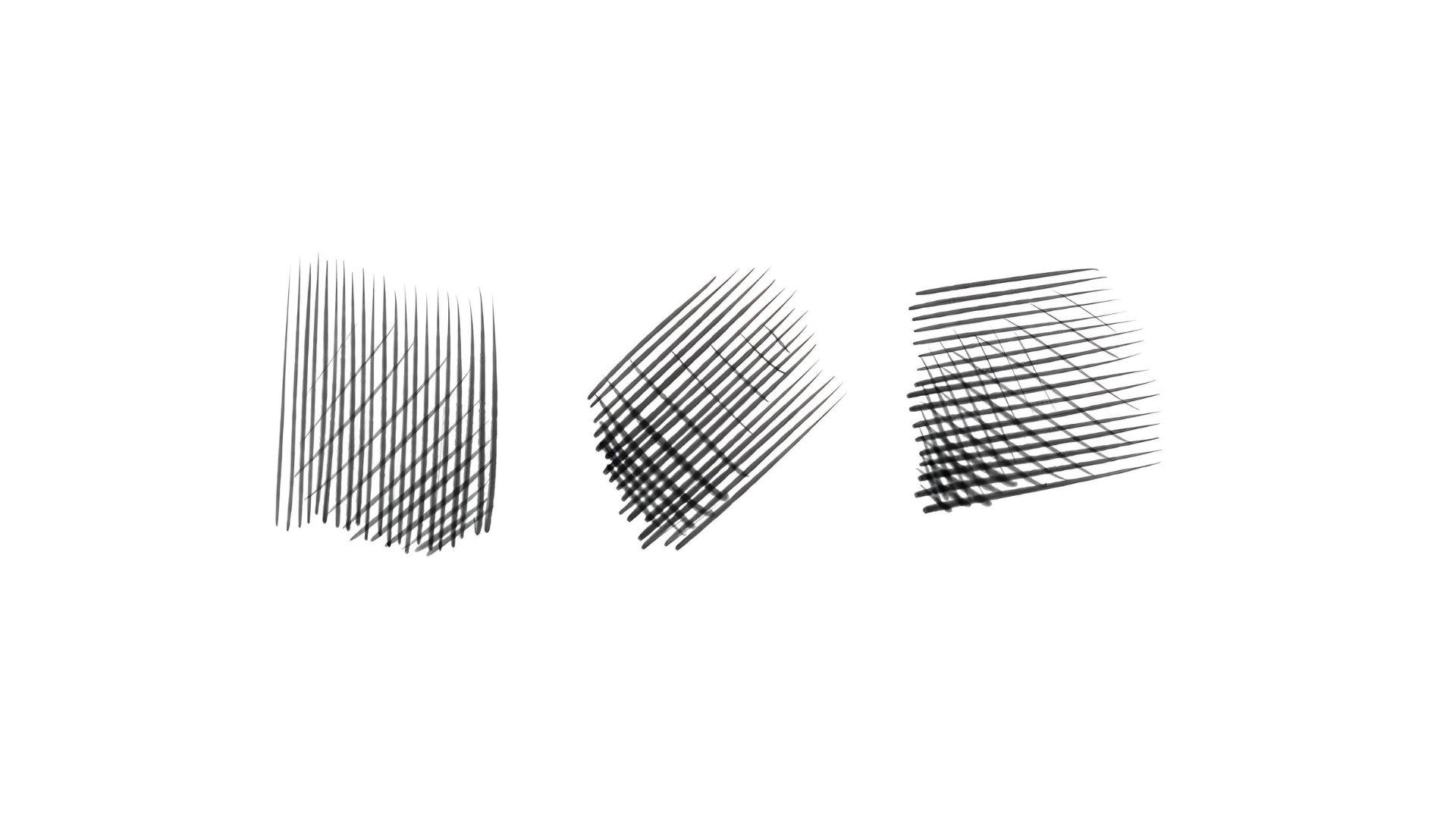
Cross-hatching lines are intersecting sets of parallel lines that create shading and texture in drawings.
This technique adds depth and dimension to the artwork by varying the angle and density of the lines.
- Characteristics: Intersecting parallel lines
- Uses: Drawing, shading, texture
20. Implied Line
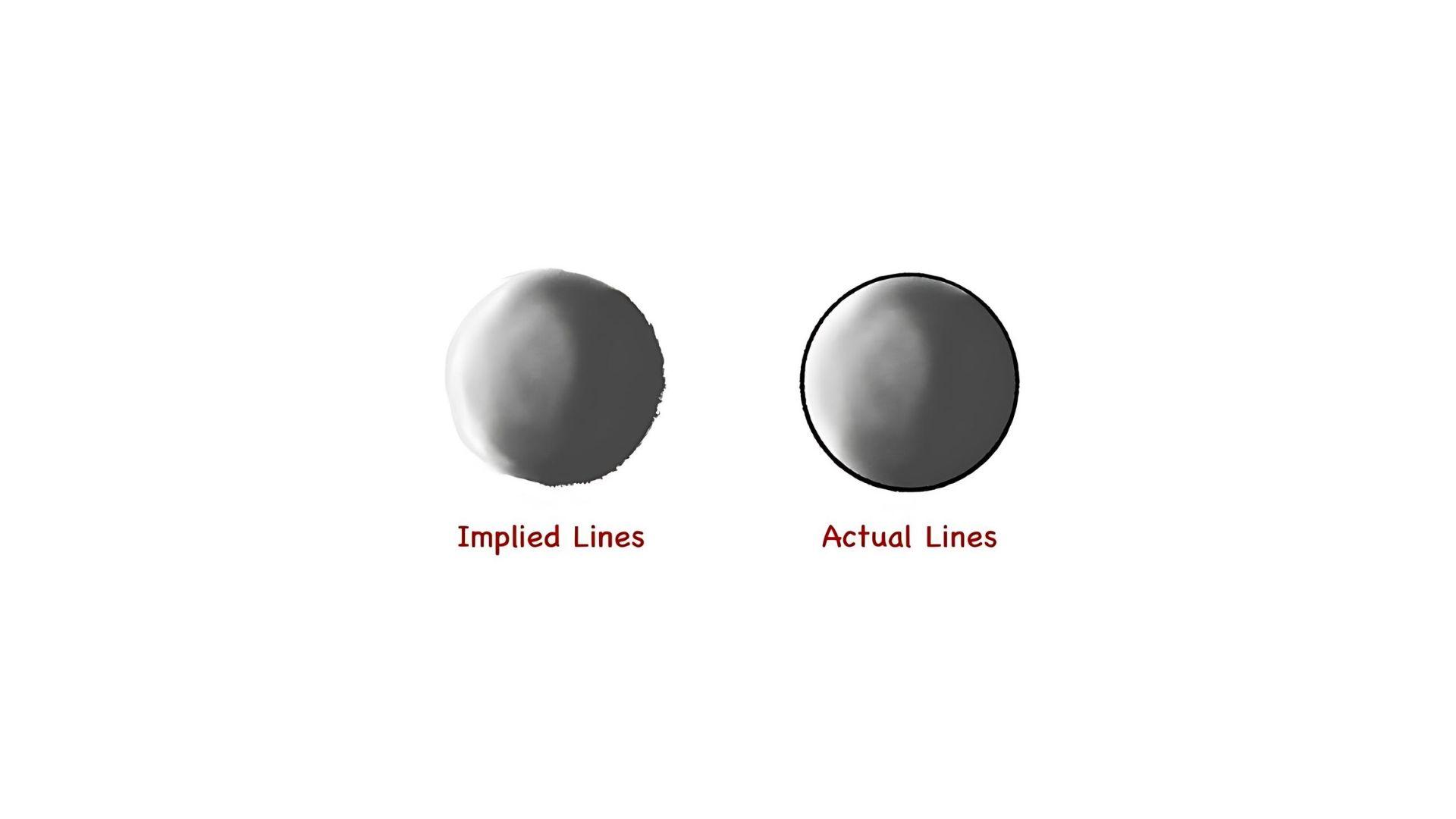
Implied lines are not drawn but are suggested through the arrangement of objects, colors, or shapes in an artwork.
They guide the viewer’s eye and create a sense of direction and movement.
- Characteristics: Suggested, not drawn
- Uses: Art, design, direction
21. Broken Line
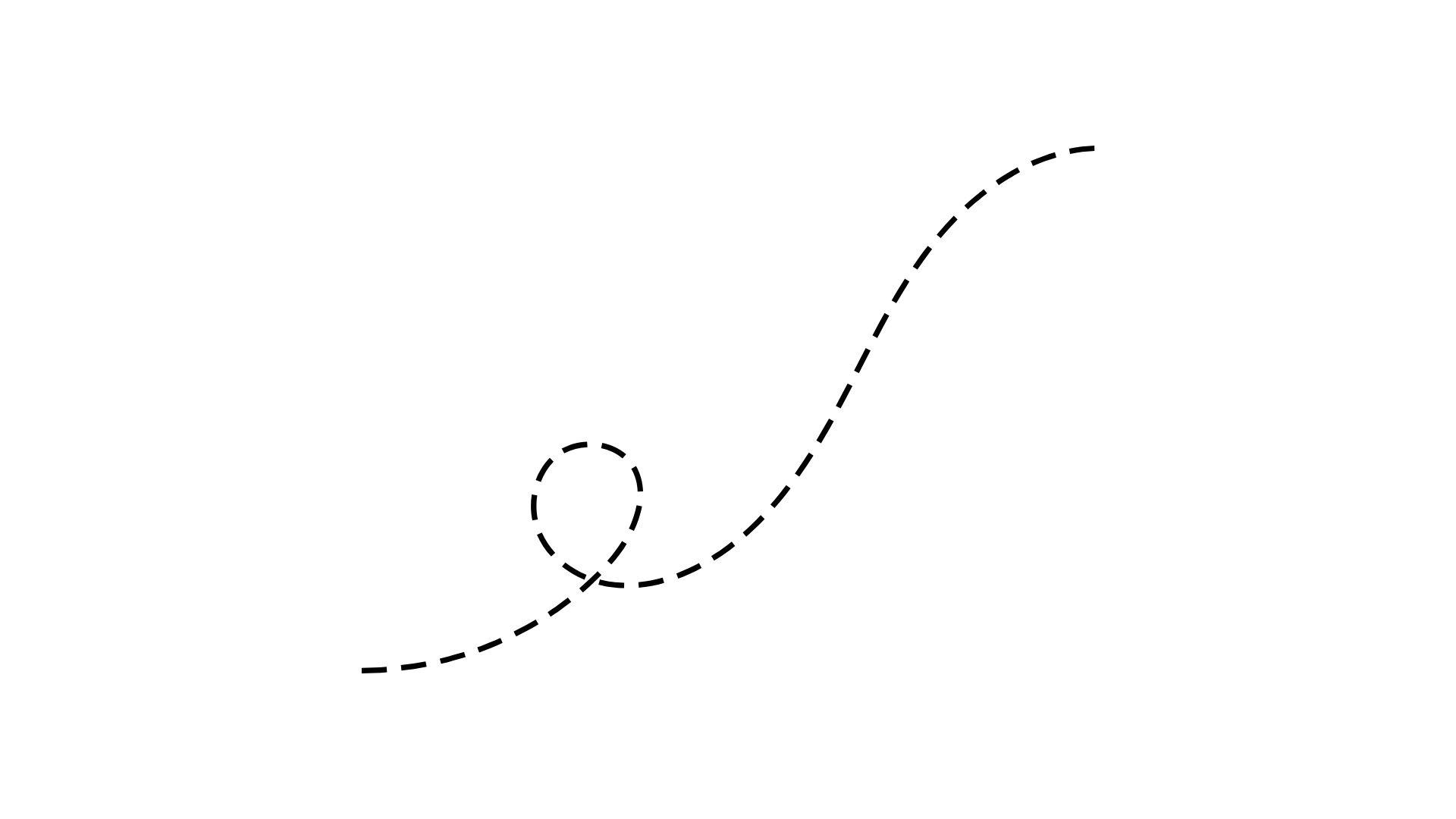
A broken line consists of a series of segments that are not connected.
Broken lines indicate a path, boundary, or outline that is not continuous. They are used in maps, diagrams, and design.
- Characteristics: Series of unconnected segments
- Uses: Maps, diagrams, design
22. Thick Line
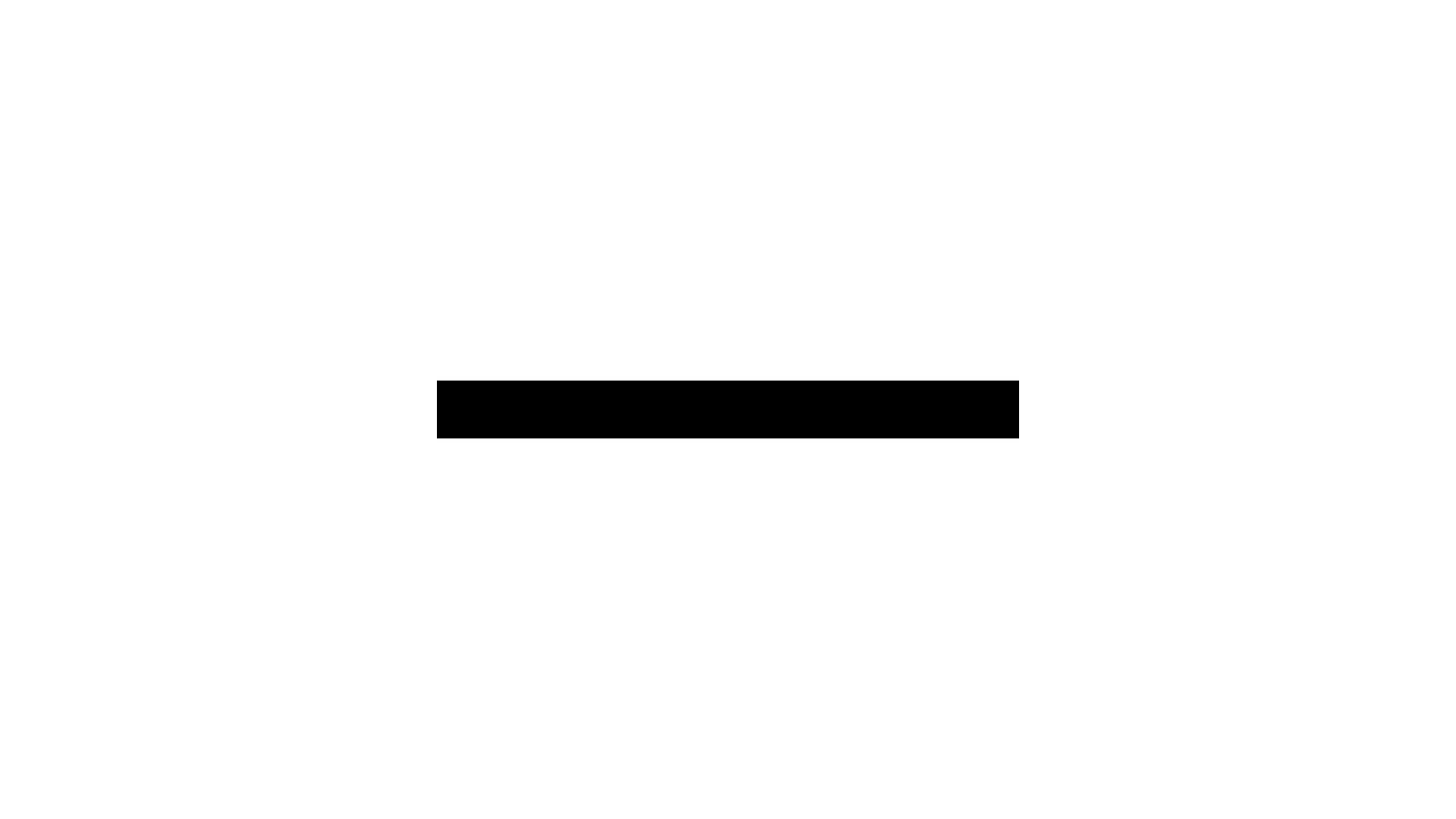
Thick lines are bold and prominent, often used to emphasize or highlight certain elements in a design or drawing.
They create a strong visual impact and are used in illustrations, typography, and graphic design.
- Characteristics: Bold, prominent
- Uses: Emphasis, highlighting, design
23. Thin Line
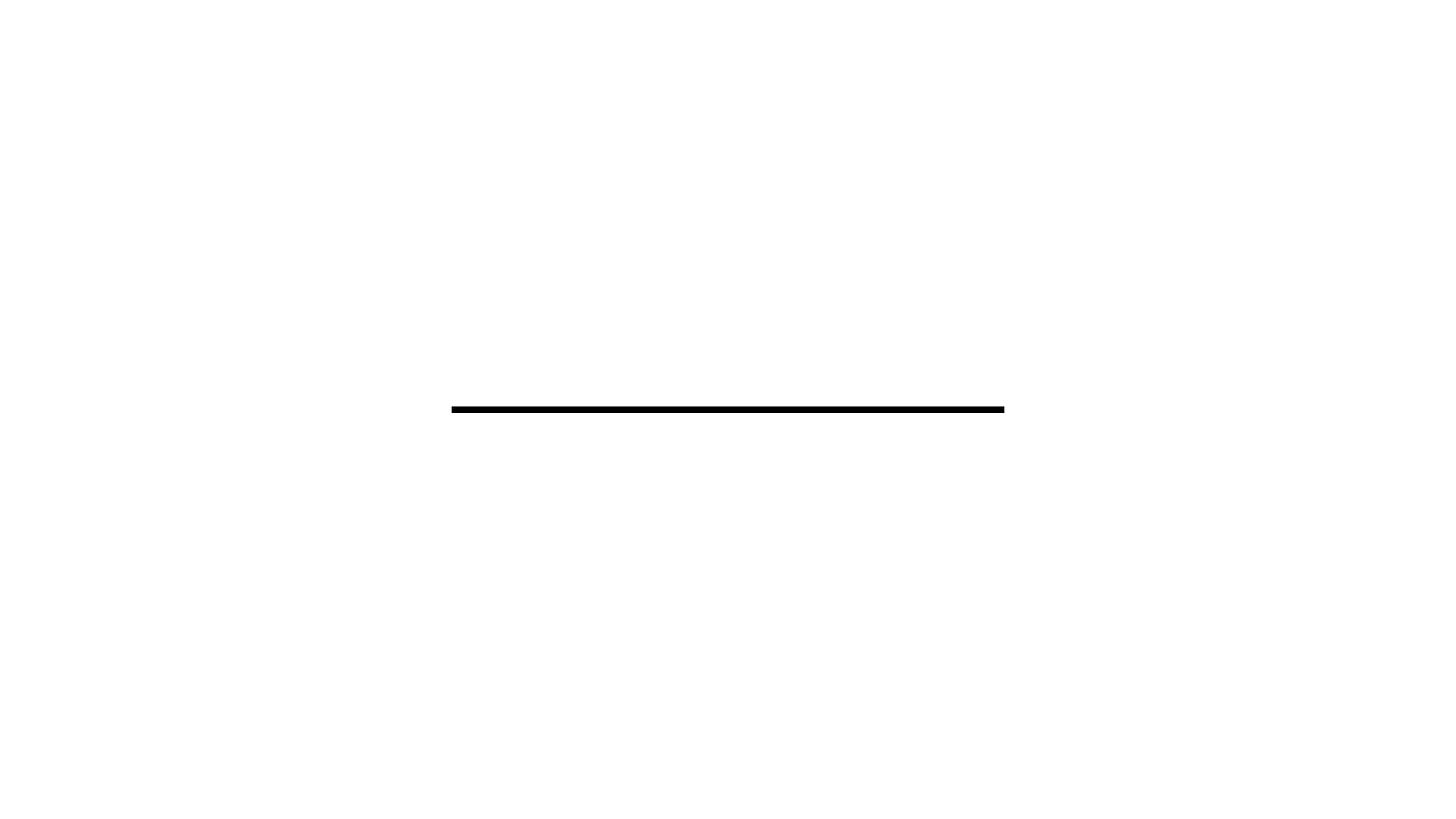
Thin lines are delicate and fine, often used for detailed work and subtle effects.
They can create a sense of precision and are commonly used in technical drawings, illustrations, and sketches.
- Characteristics: Delicate, fine
- Uses: Detail work, technical drawings, illustrations
24. Tangent Line
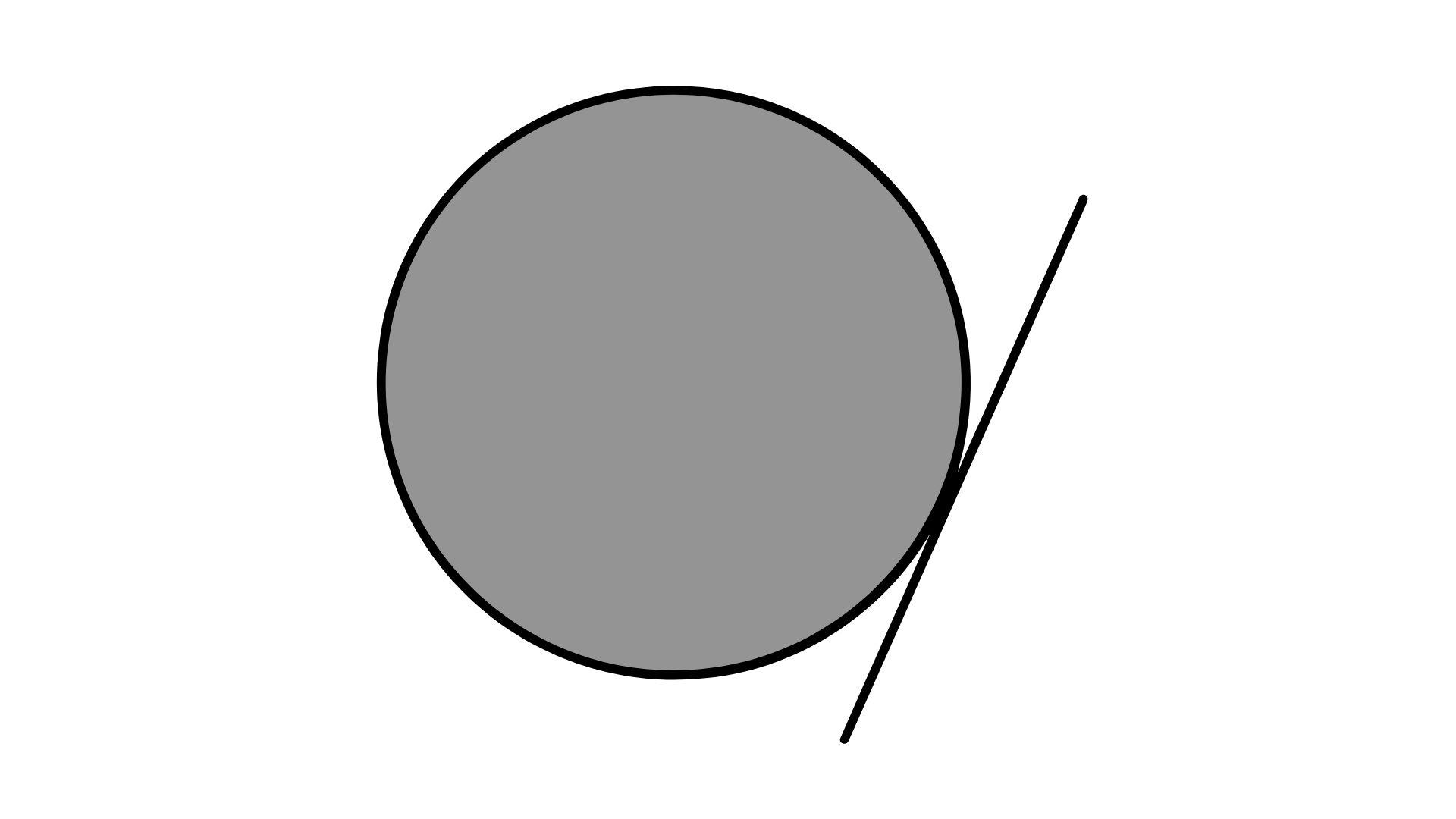
A tangent line touches a curve at exactly one point without crossing it.
In mathematics and geometry, tangent lines describe a curve’s slope or rate of change at a specific point.
- Characteristics: Touches curve at one point
- Uses: Mathematics, geometry, slope
25. Normal Line
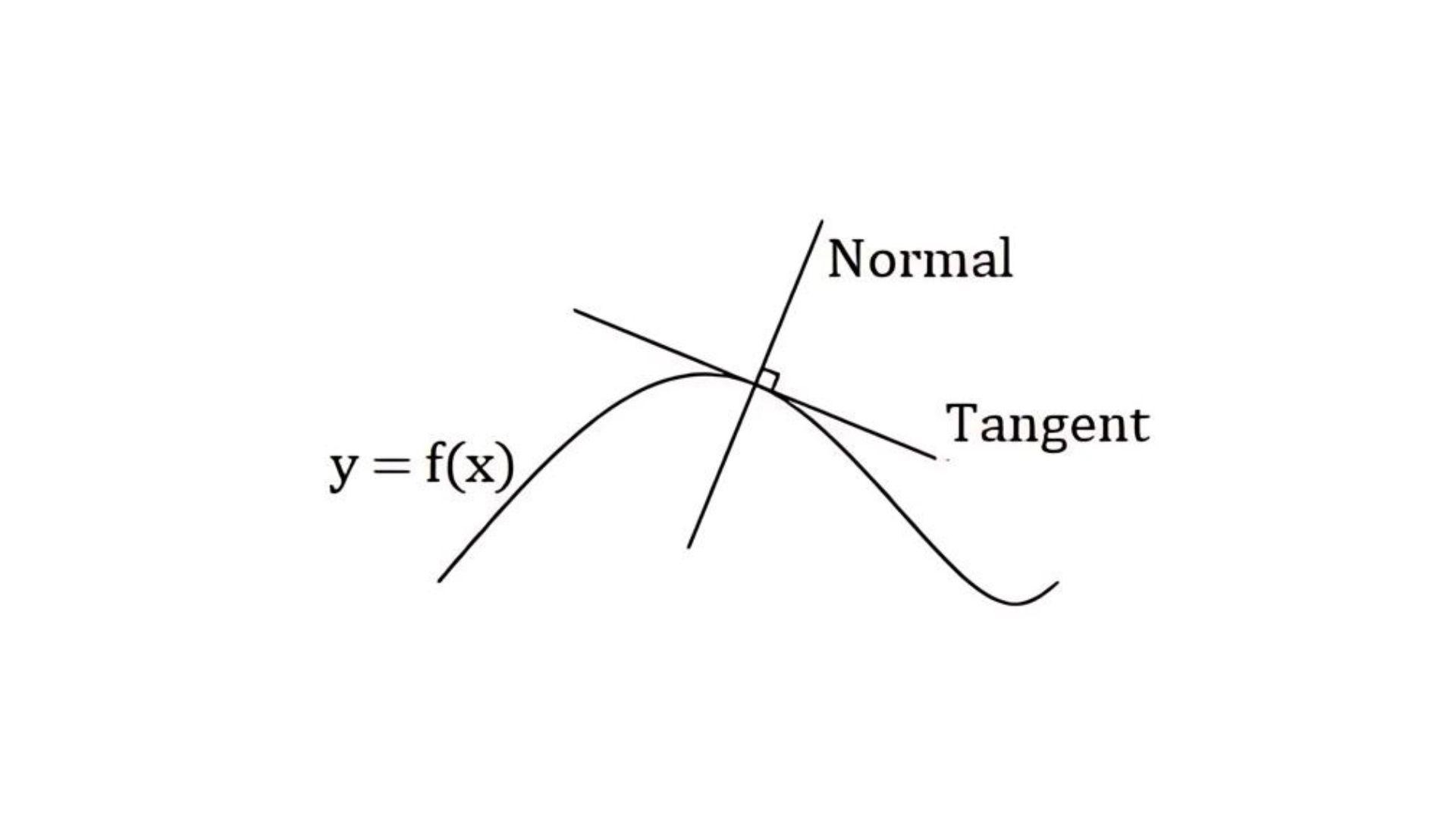
A normal line is perpendicular to a tangent line at the point of tangency.
It is used in geometry and physics to describe perpendicularity to a surface or curve at a given moment.
- Characteristics: Perpendicular to tangent line
- Uses: Geometry, physics, perpendicularity
26. Secant Line
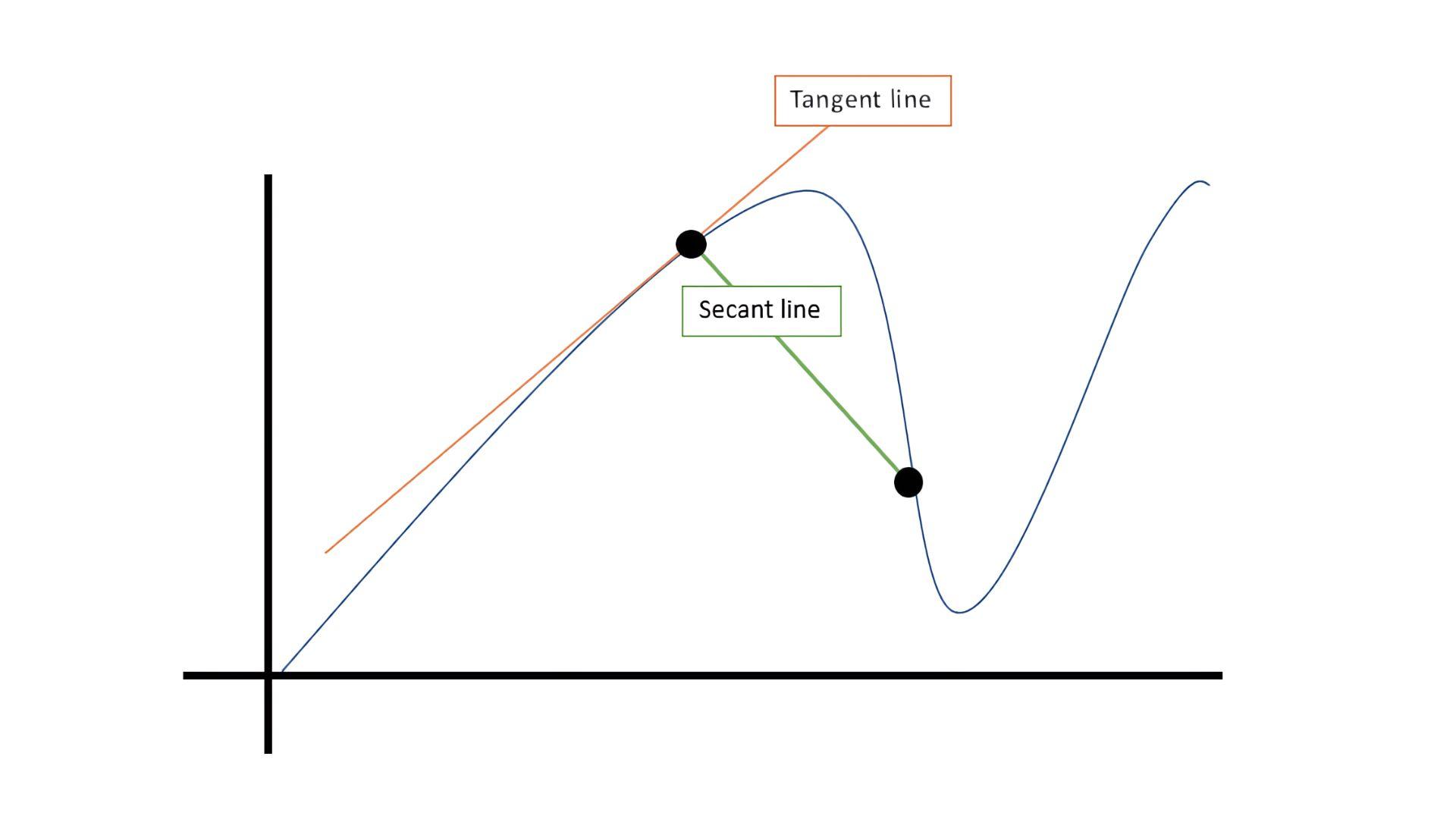
A secant line intersects a curve at two or more points.
In mathematics, secant lines approximate the slope of a curve between two points.
- Characteristics: Intersects curve at multiple points
- Uses: Mathematics, approximation, slope
27. Chord Line
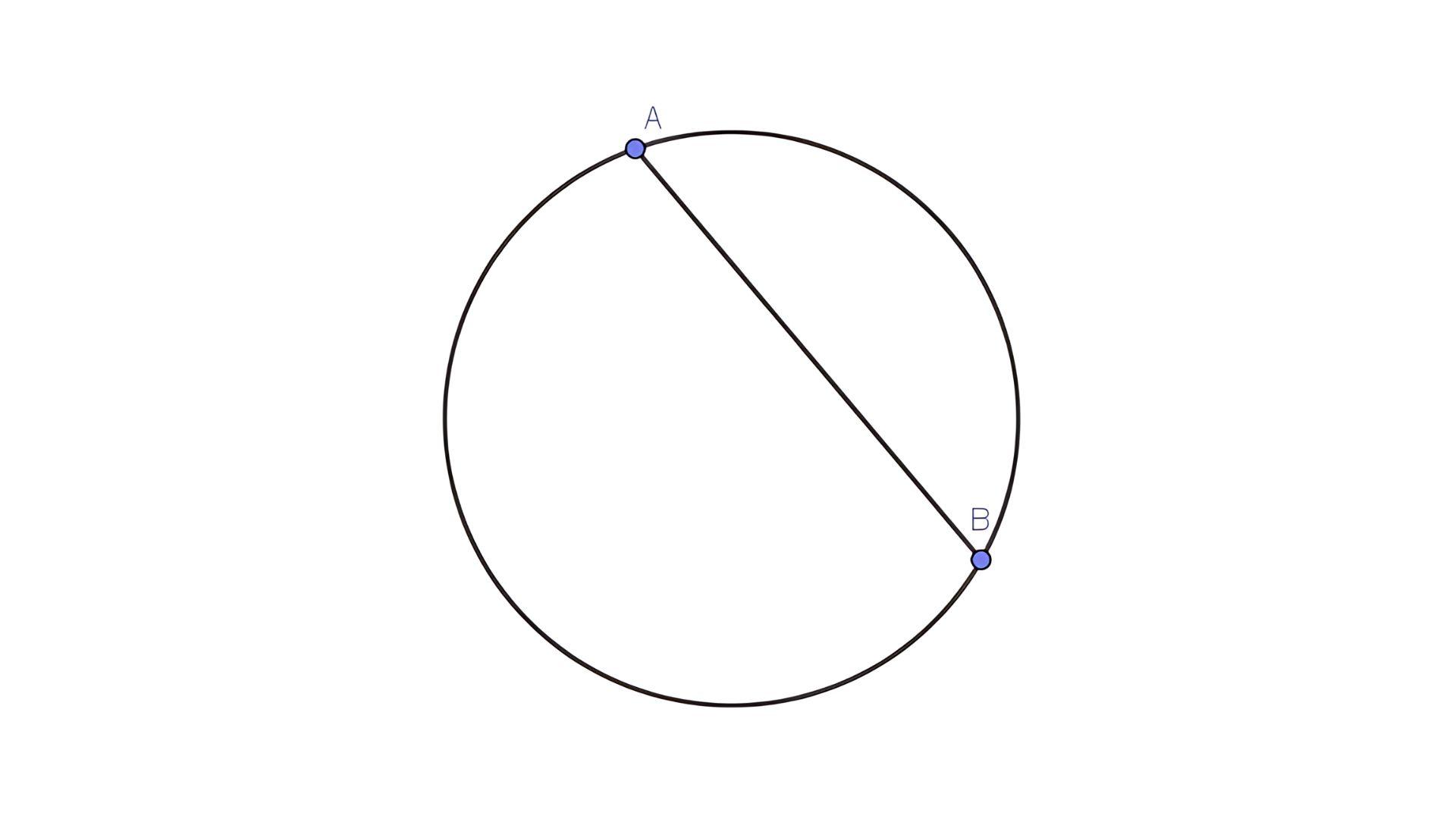
A chord line is a straight line that connects two points on a curve.
Chord lines are used in geometry to describe distances within a circle or other curved shapes.
- Characteristics: Connects two points on a curve
- Uses: Geometry, distances, curves
28. Asymptote Line
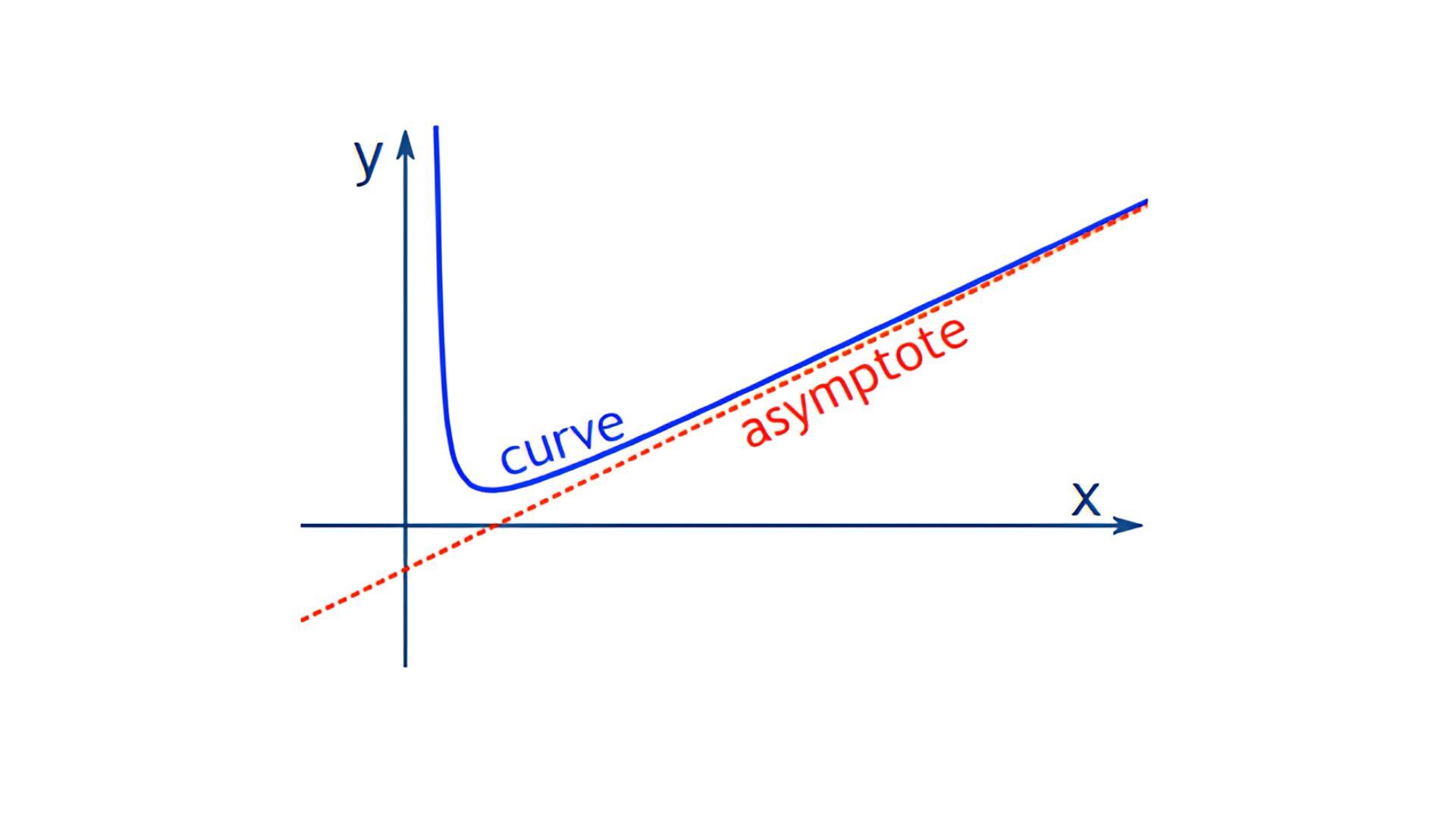
An asymptote line is a curve that approaches but never touches.
Asymptotes are used in mathematics to describe the behavior of functions as they approach infinity.
- Characteristics: Curve approaches but never touches
- Uses: Mathematics, function behavior
29. Bisector Line
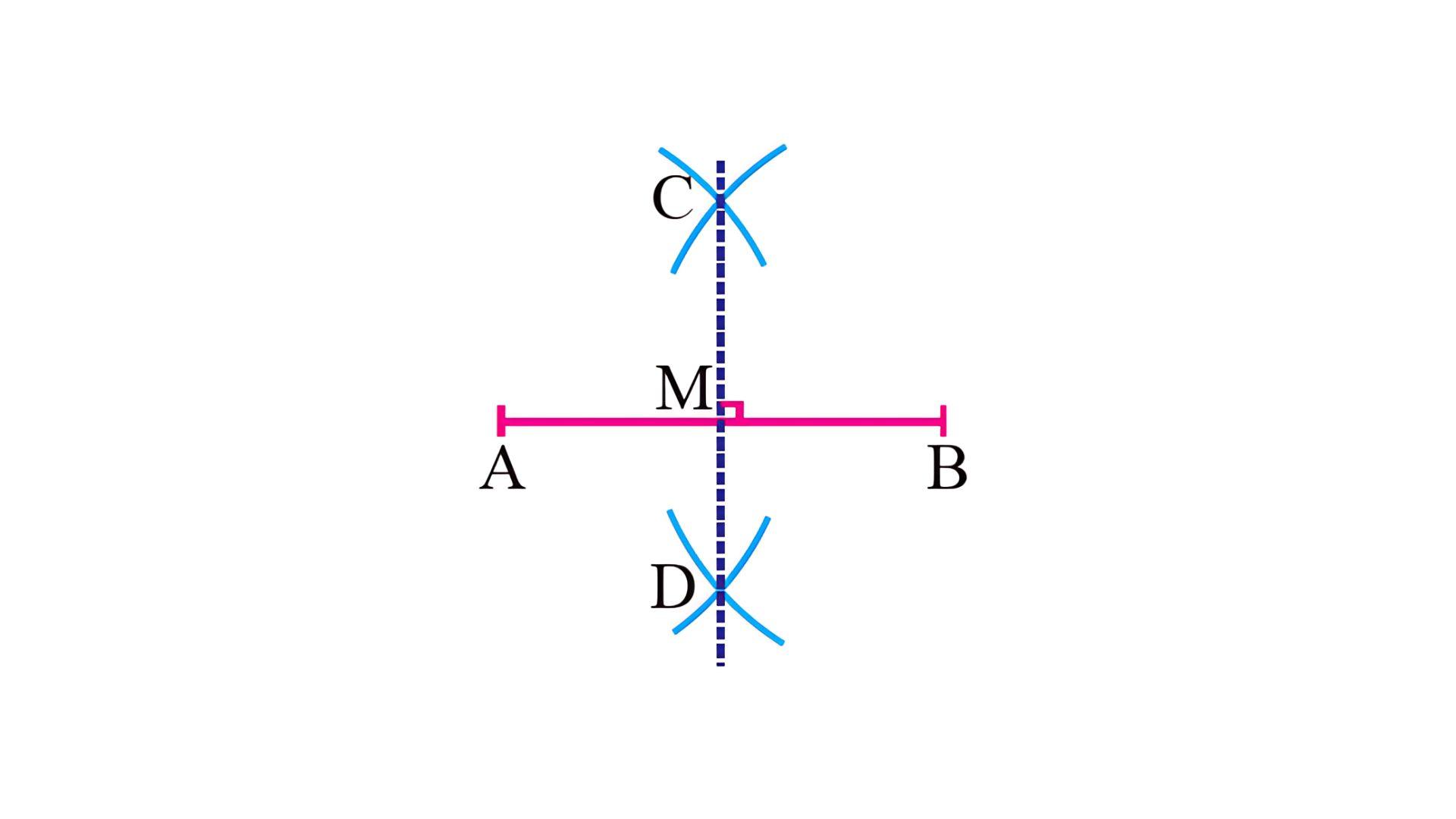
A bisector line divides an angle or a segment into two equal parts.
Angle and segment bisectors are used in geometry to find midpoints and equal divisions.
- Characteristics: Divides into equal parts
- Uses: Geometry, equal division, midpoints
Conclusion
Lines are versatile and essential in many disciplines, from mathematics and engineering to art and design.
By exploring the different types of lines, we gain a deeper understanding of their properties and applications.
Whether you are an artist, designer, engineer, or student, knowing how to use and recognize these lines can enhance your work and creativity.
This comprehensive guide to types of lines highlights their diversity and significance, offering valuable insights into their roles in various contexts.
